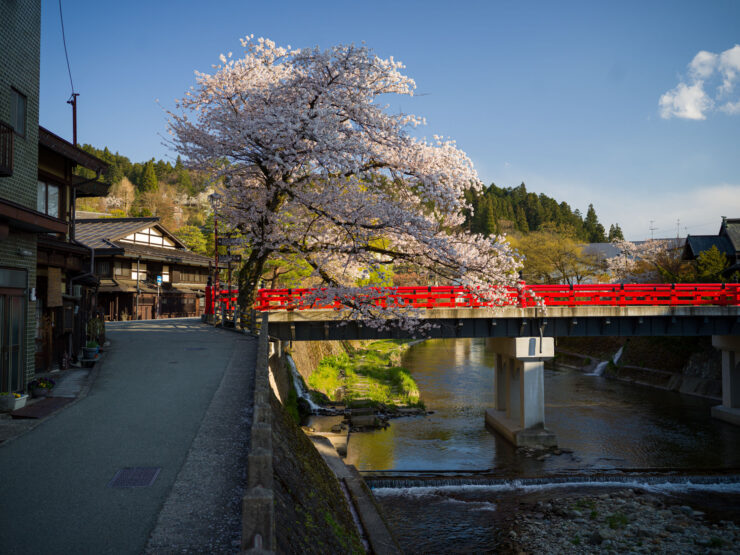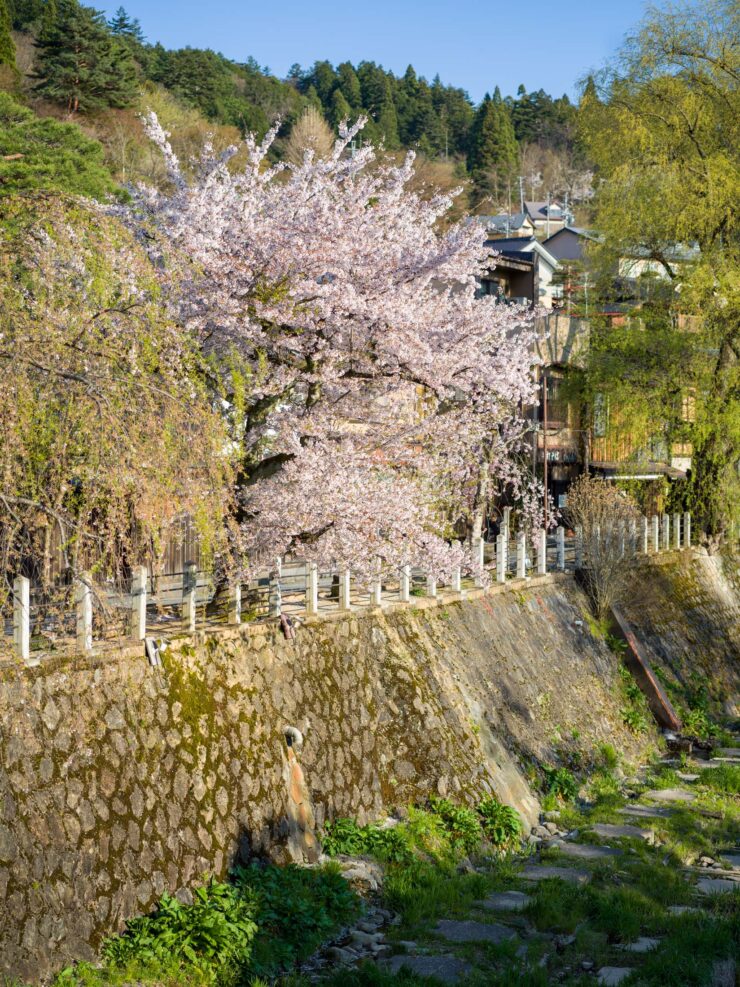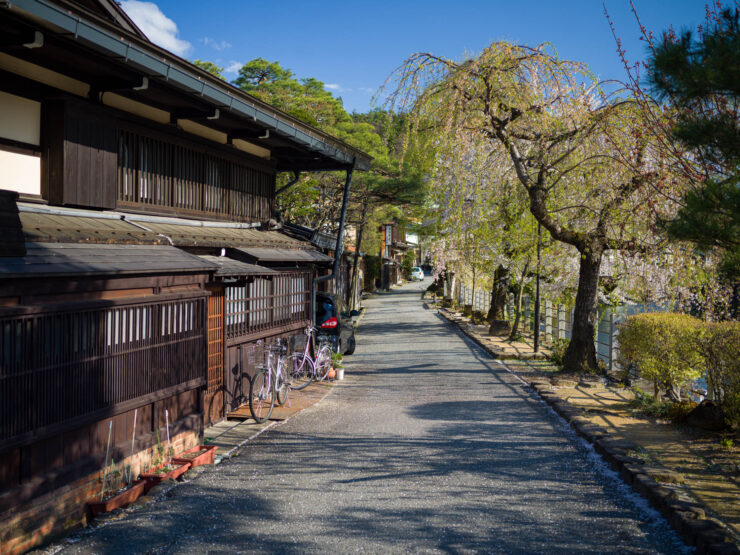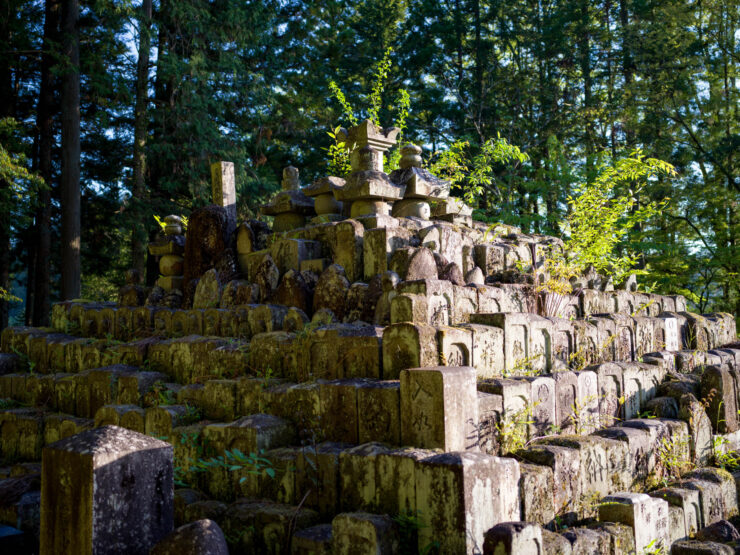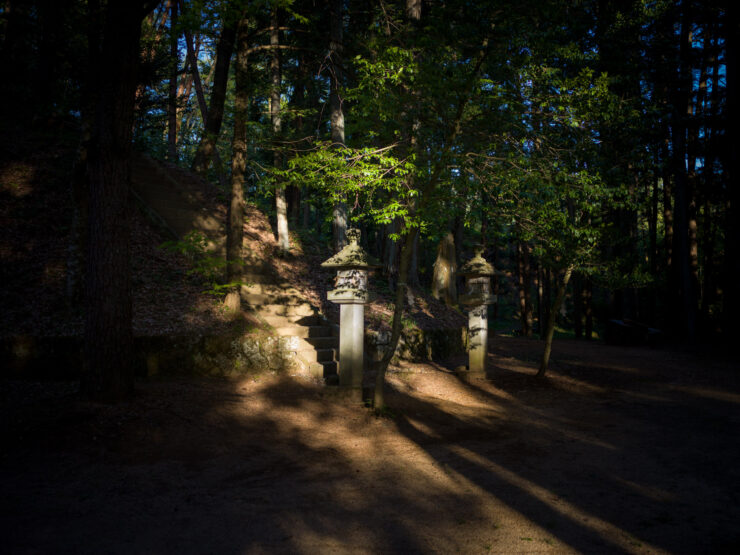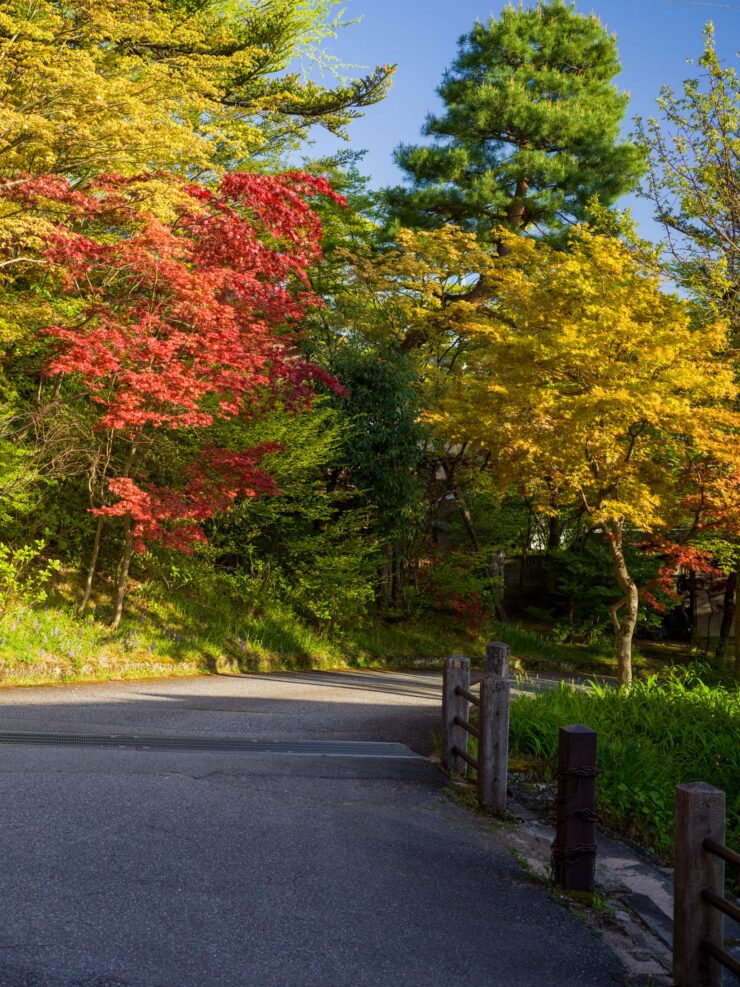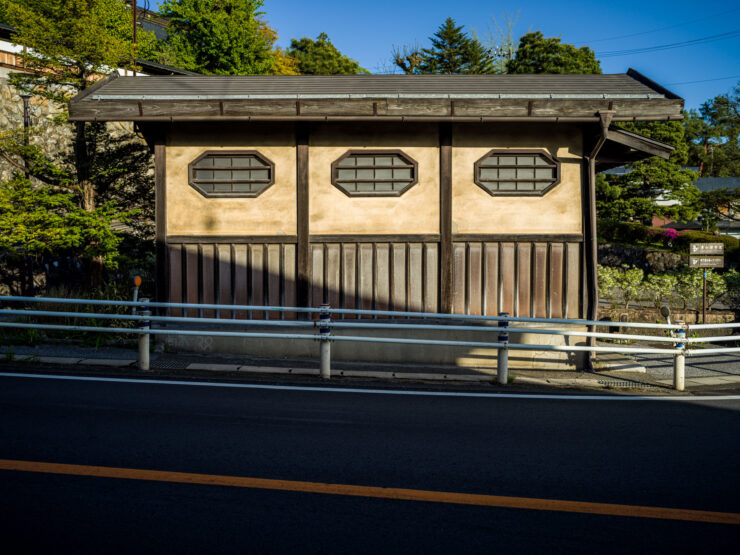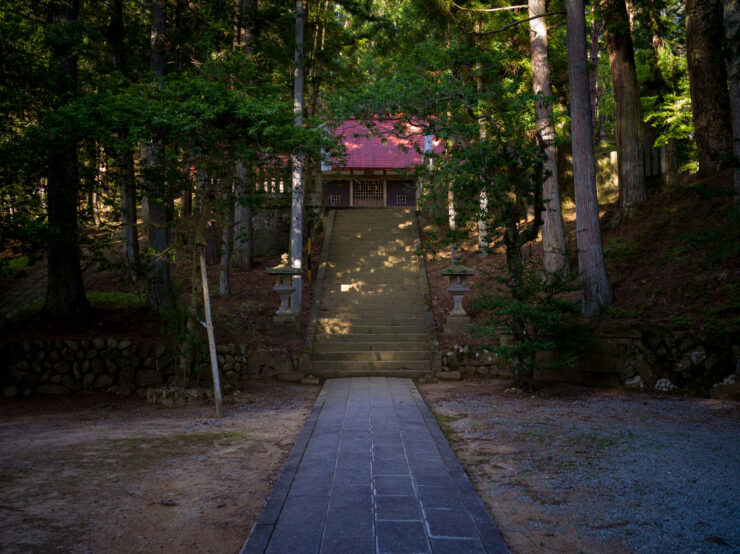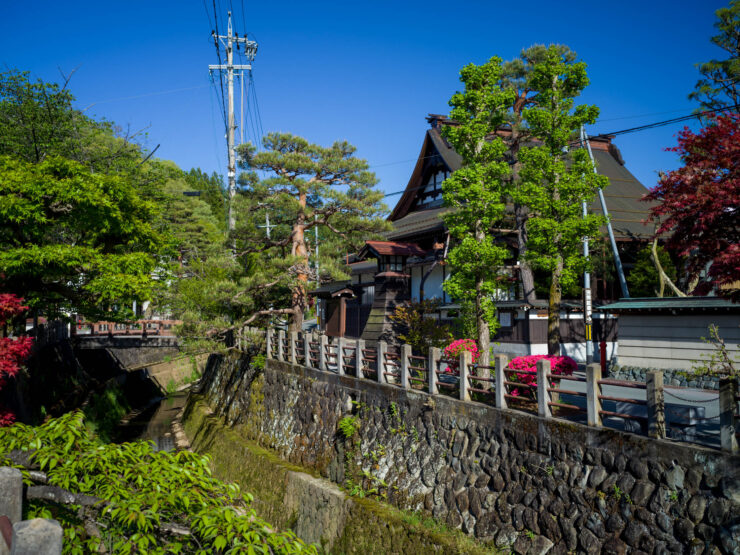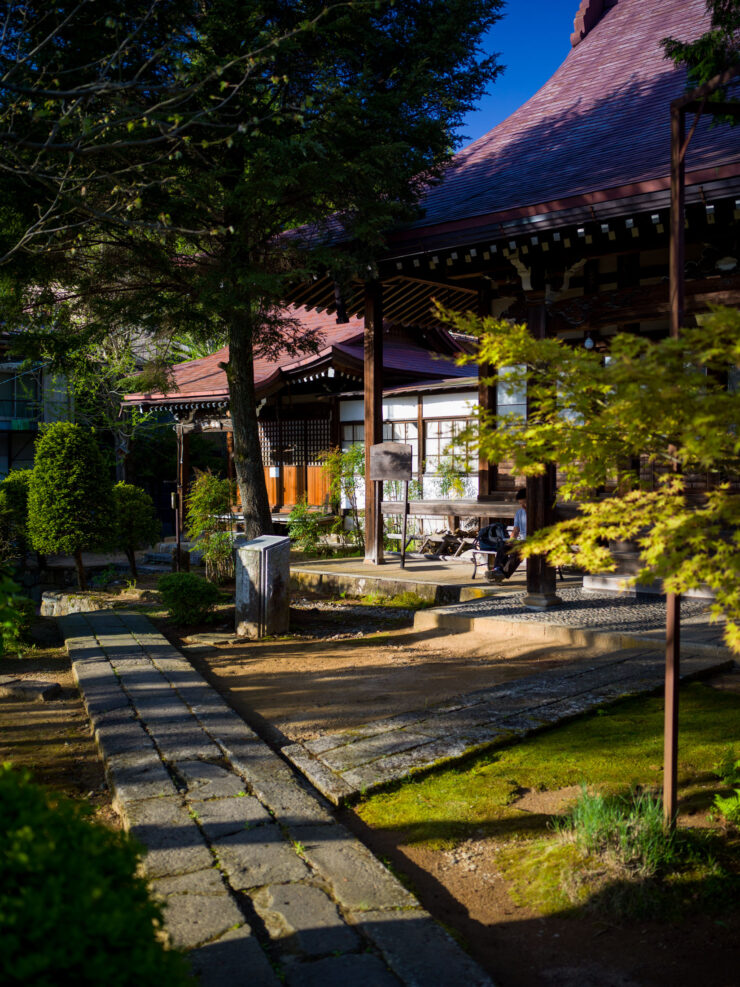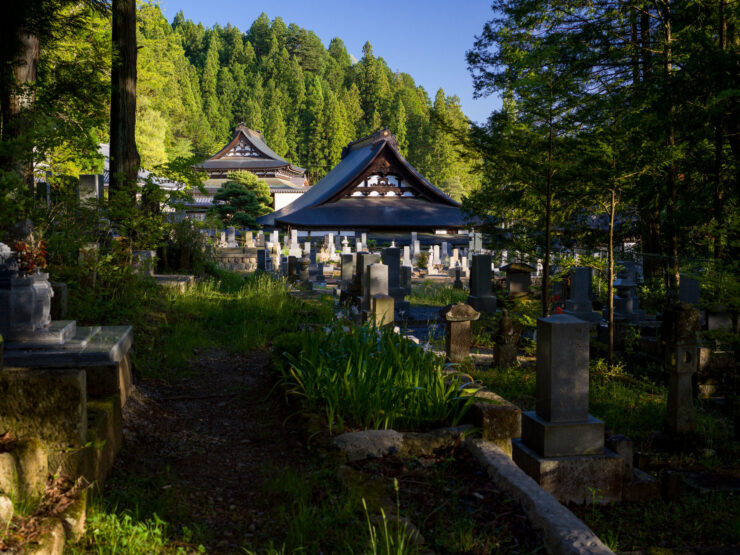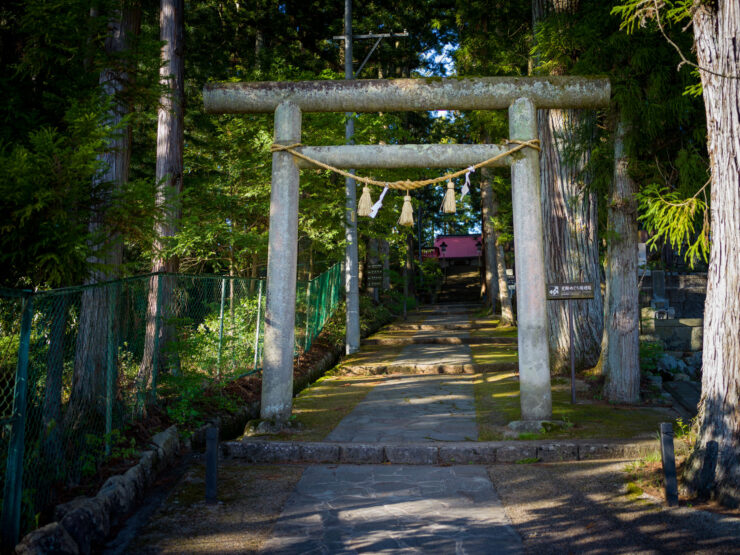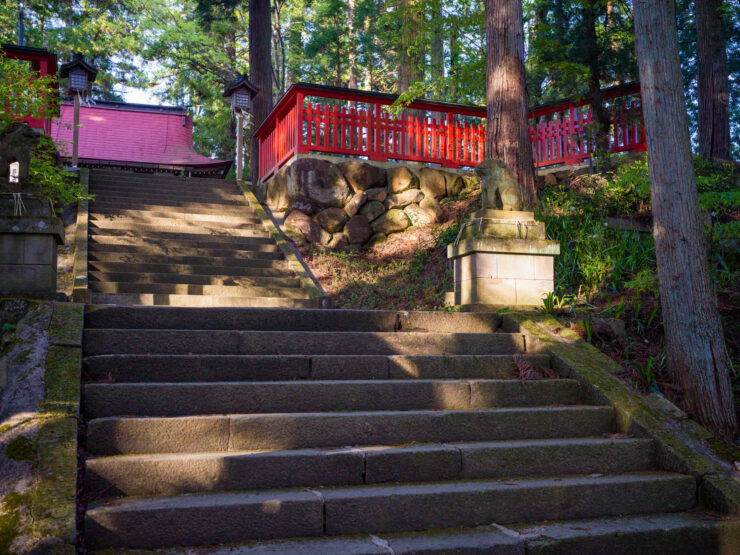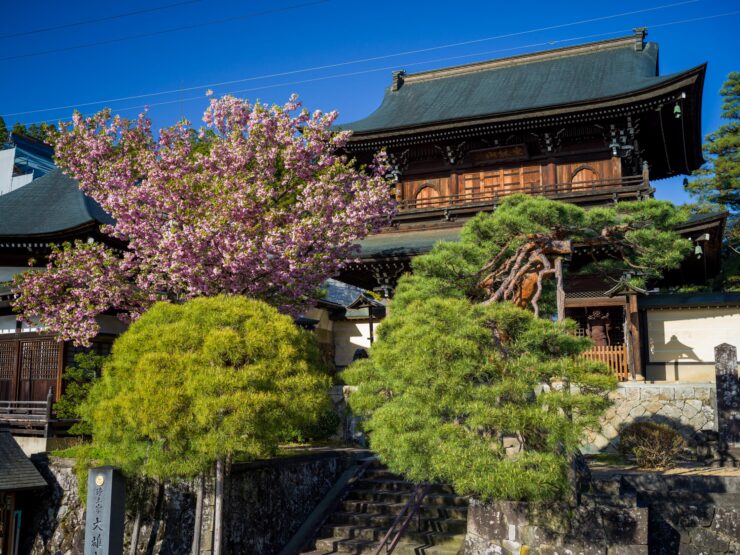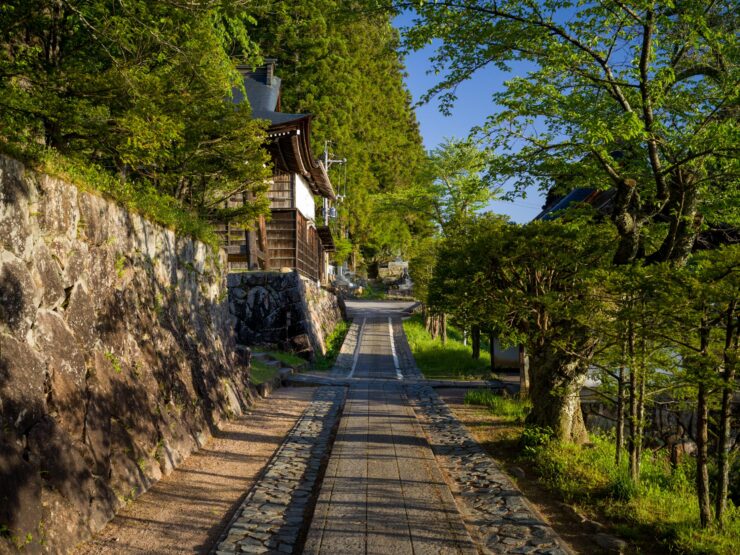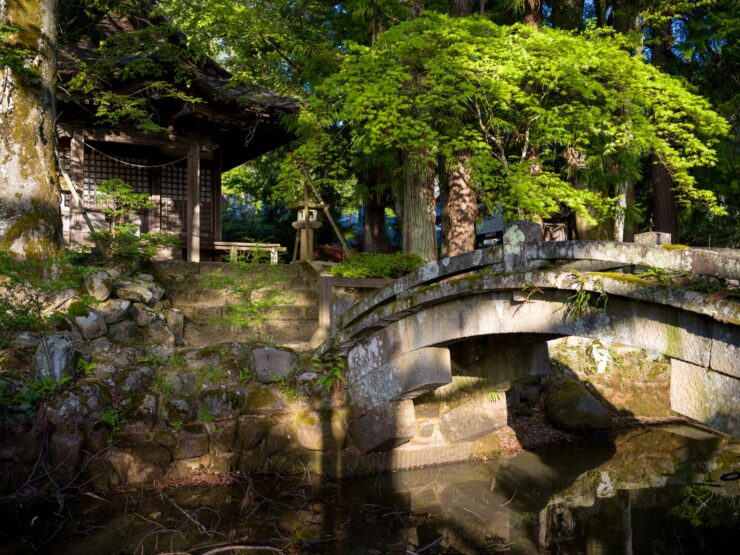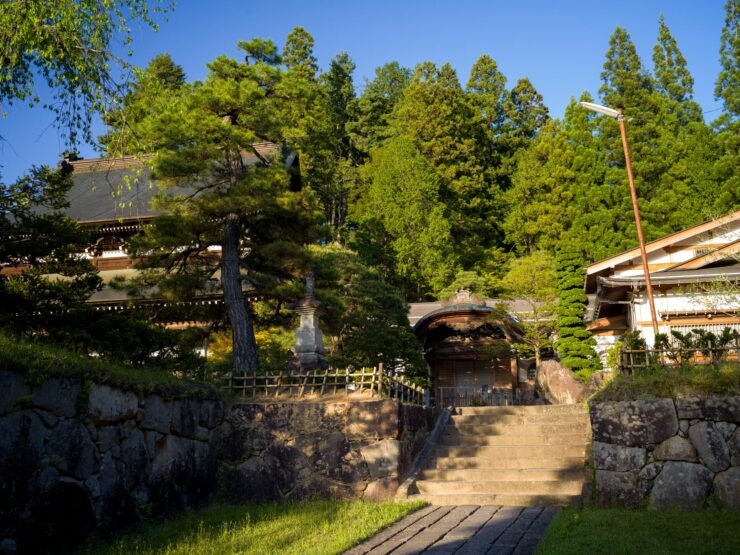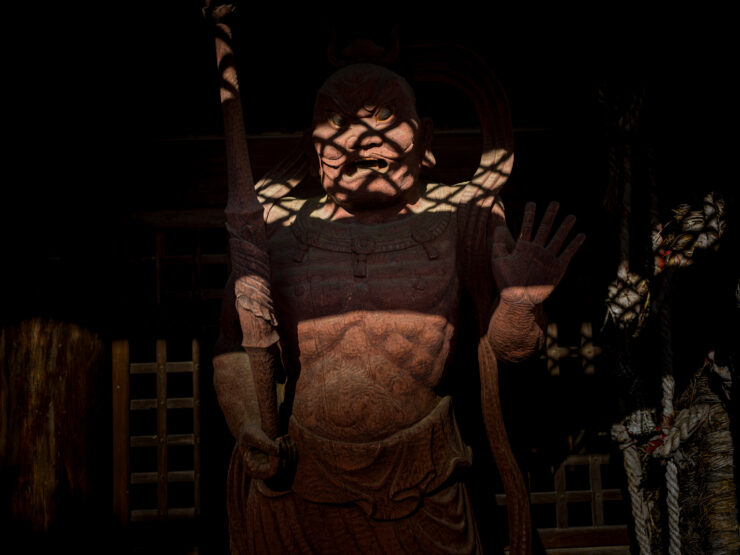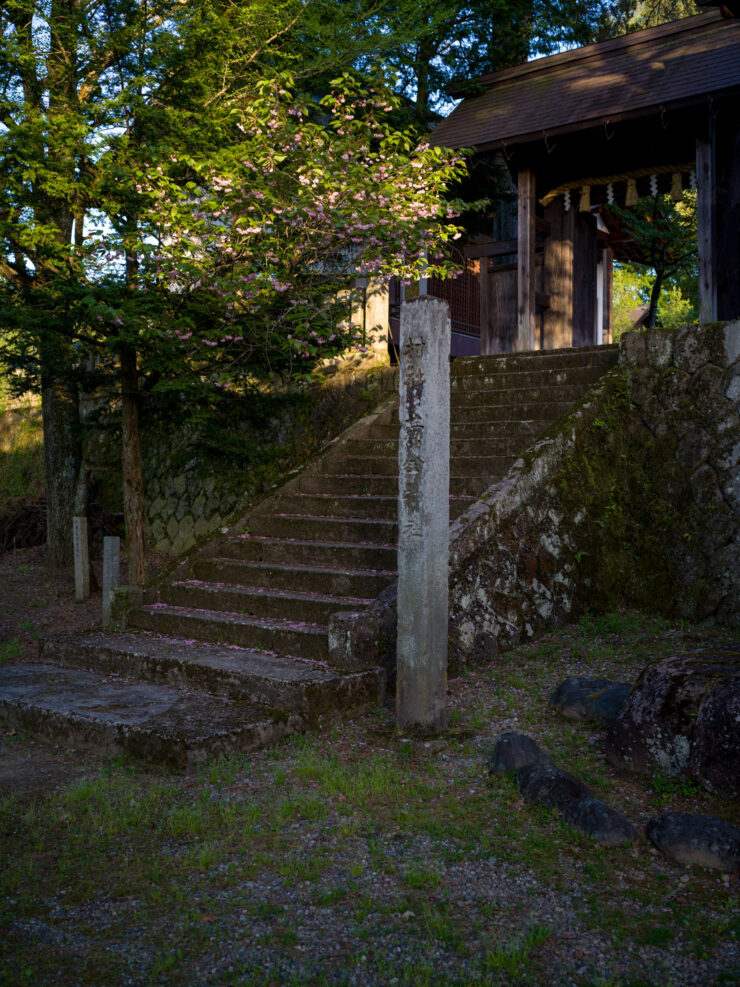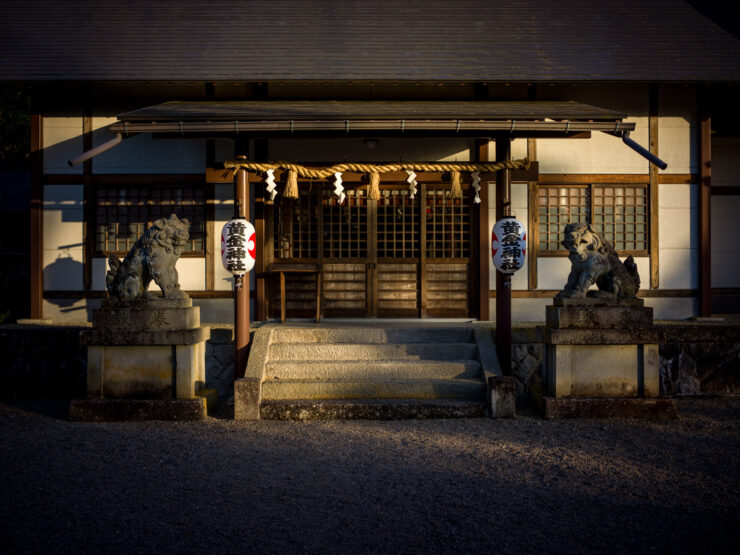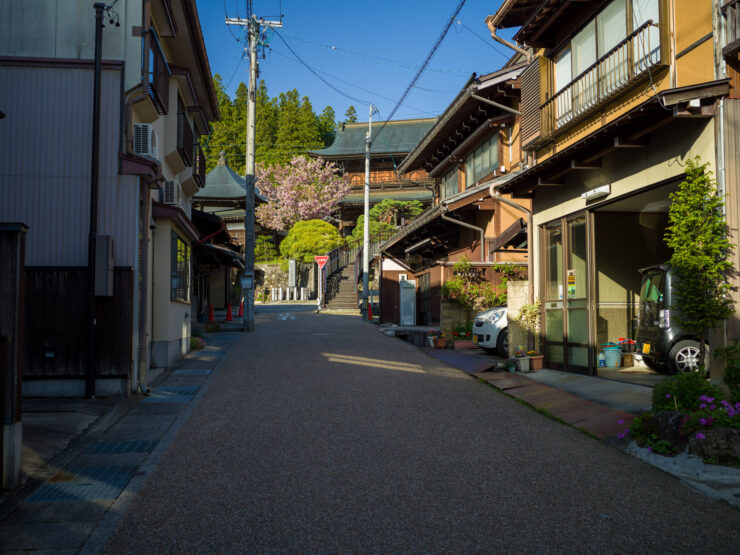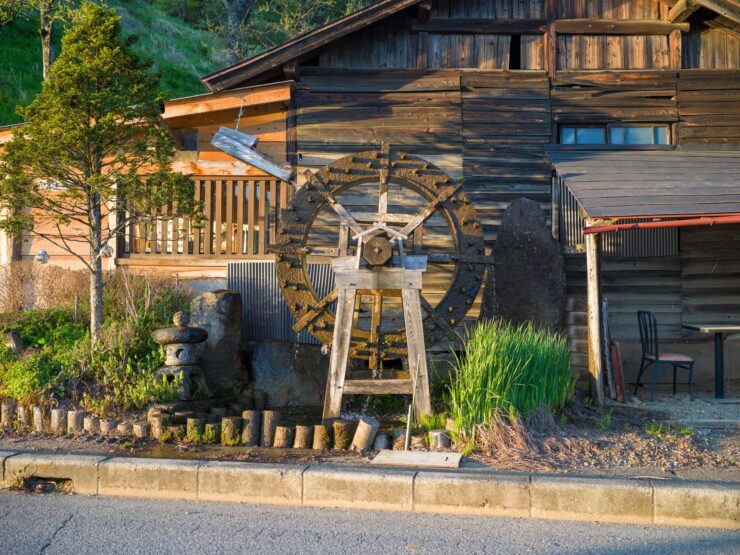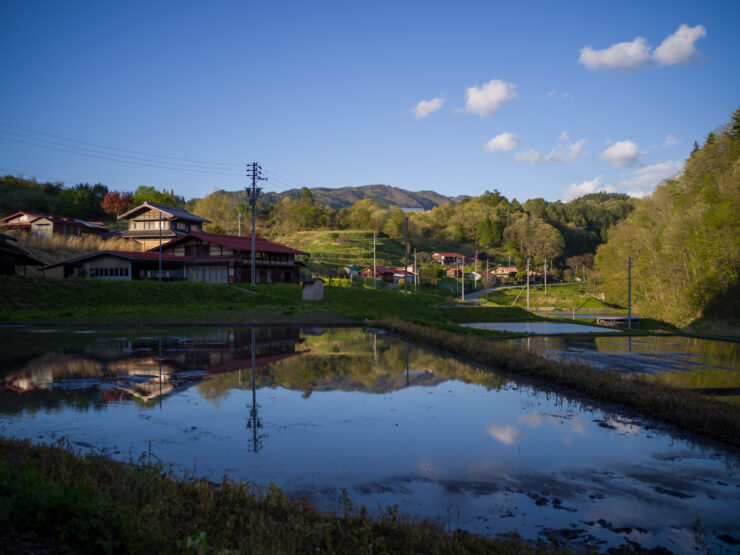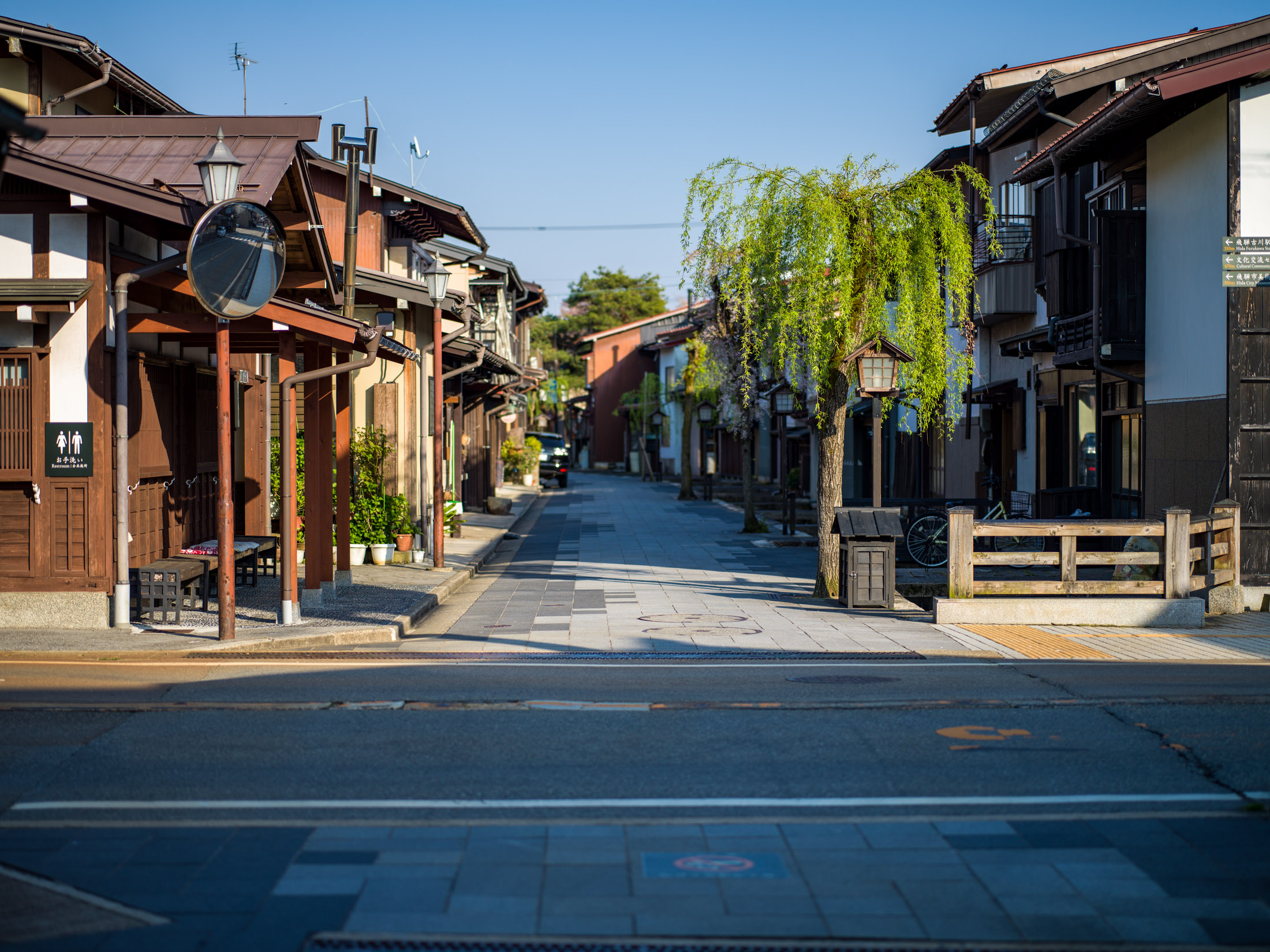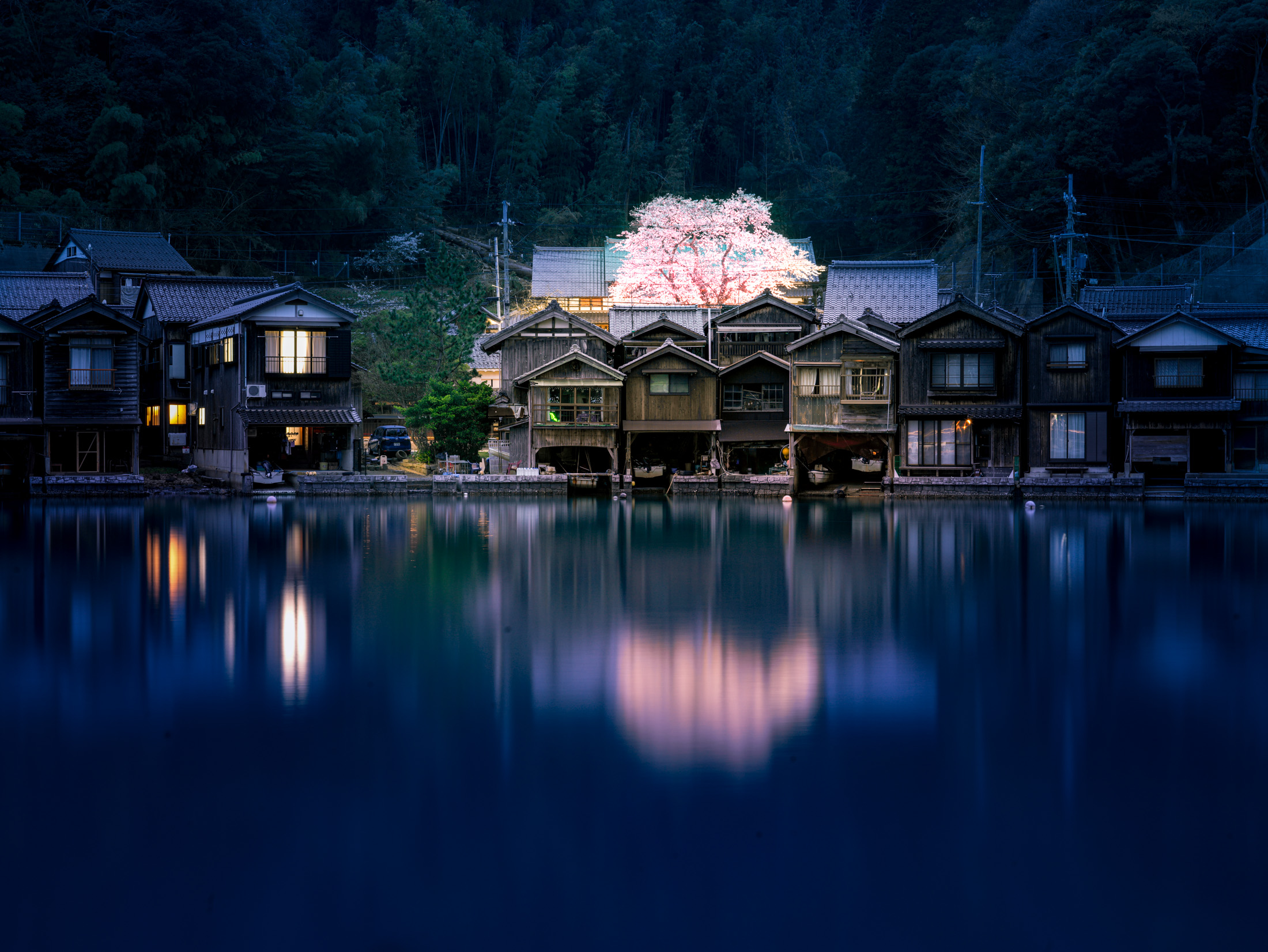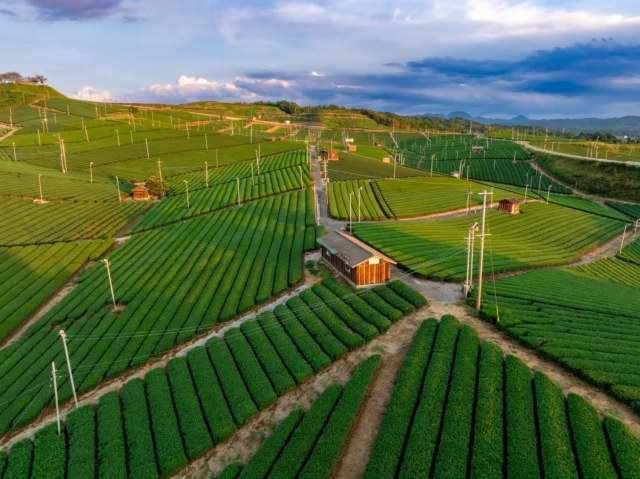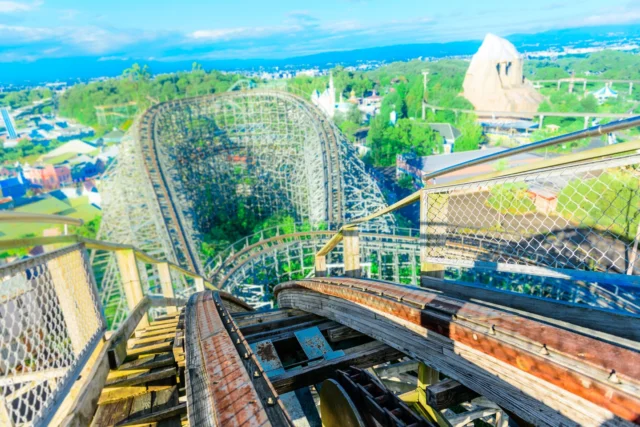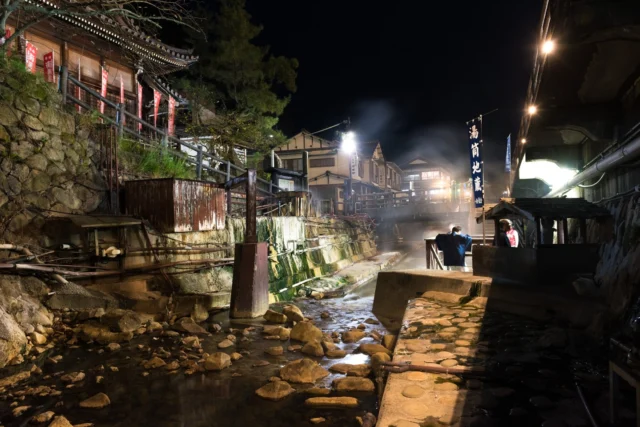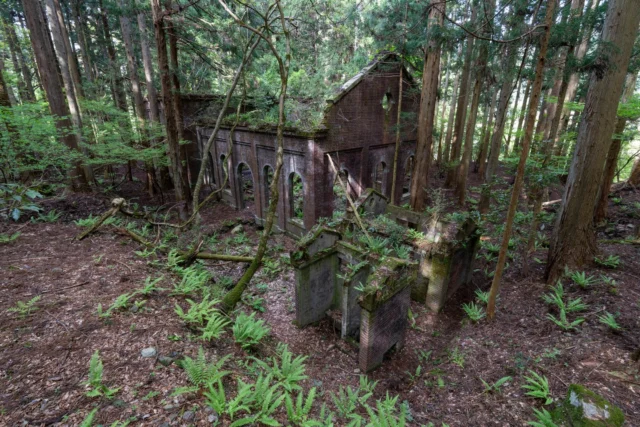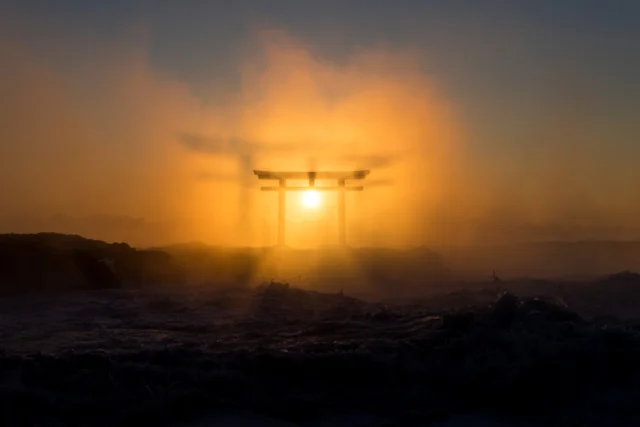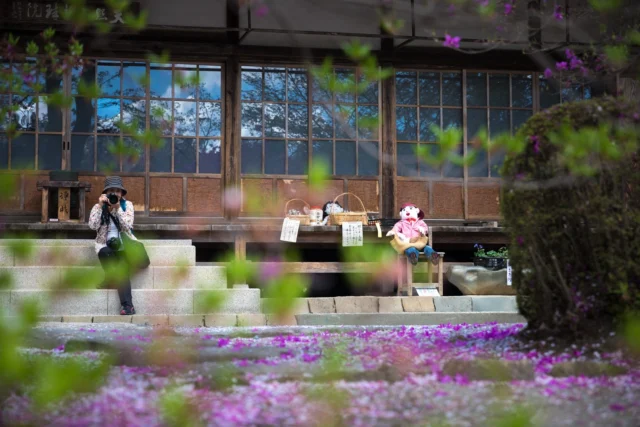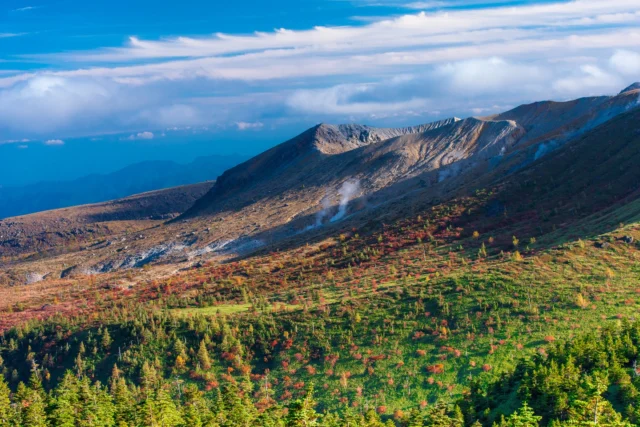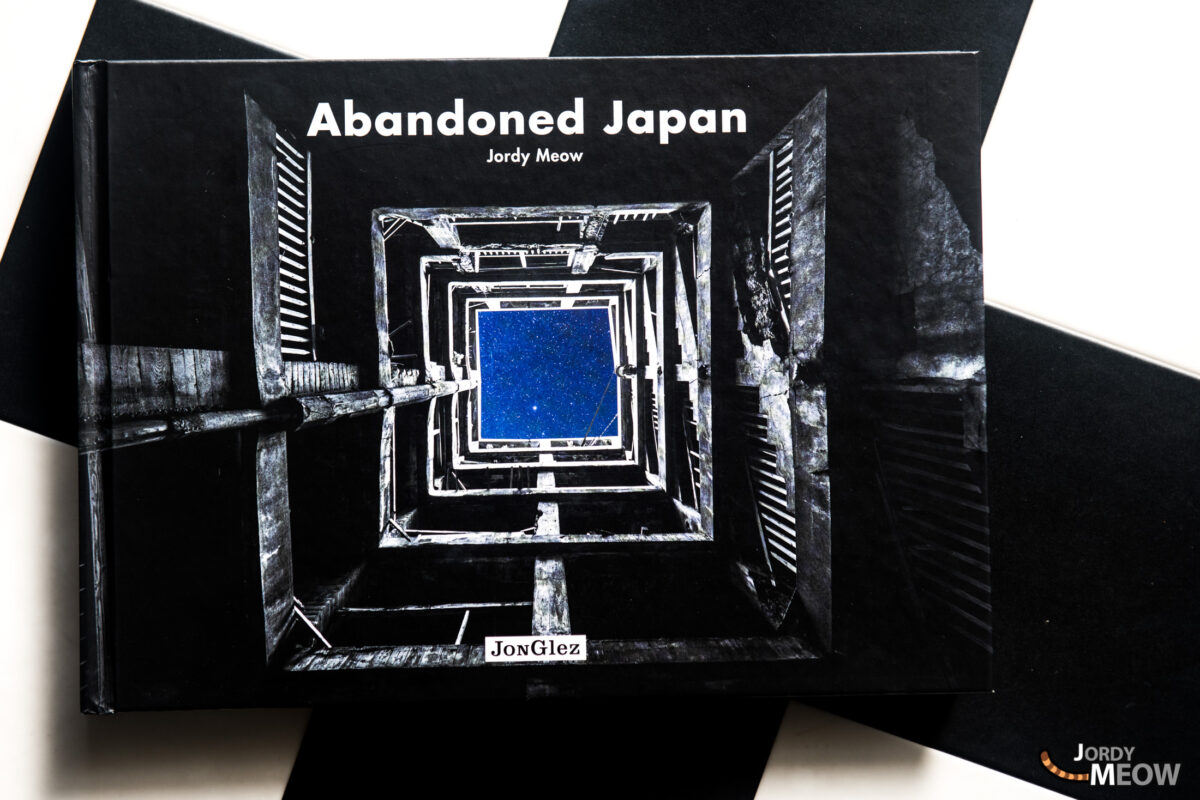I’d then talk about all those nooks and crannies stumbled upon serendipitously, the local sense of humour, the excellent local Wagyu beef, and suchlike! But Takayama is a tourist town, eagerly dissected on social media, so I’ve got something else to propose. A trawl through my photos while interviewing Gwenn, a guy from the south-west (just like me!) who’s been living here for several years.
Miyagawa River
Jordy: Before digging into your own experience, could you tell us something about Takayama?
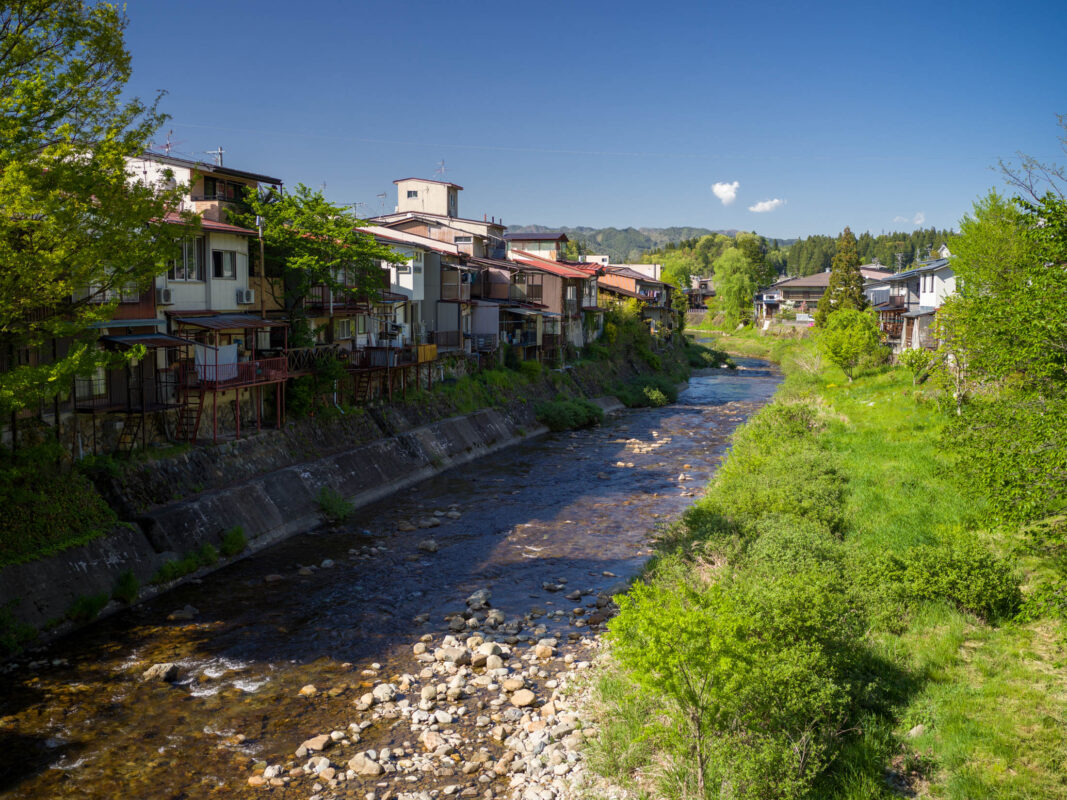
Gwenn: Takayama, at the gateway to the Japanese Alps in Gifu prefecture and capital of Hida region, is a small town often, rightly or wrongly, compared with Kyoto for its typical Edo architecture (why it’s nicknamed “Little Kyoto of the Alps”). Outside peak tourist periods, it’s a pleasant place to live. The town is renowned for traditional crafts, especially woodwork, which dates back to the 9th century. It’s very popular for both domestic and international tourism.
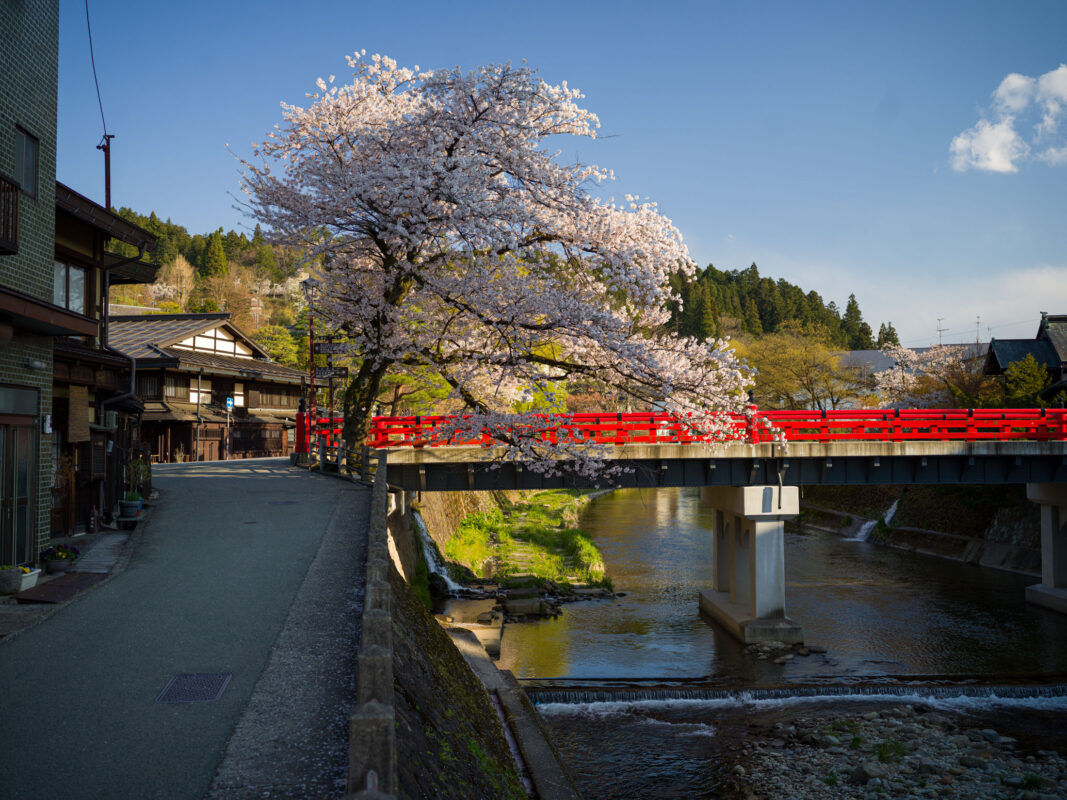
Gwenn: Japanese people enjoy these short revival trips to towns that have managed to retain their old-world charm. For foreigners, Takayama provides an opportunity to experience Japanese countryside life while still having access to surrounding nature and local craftsmanship. The town’s major strength I think lies in its location between two ancient Edo (1603—1867) trade routes (Tokaido / Nakasendo). From here you can easily reach other major tourist sites in Japan (Shirakawa-go, Okuhida, Gero, Tsumago / Magome / Narai, or even Kanazawa).
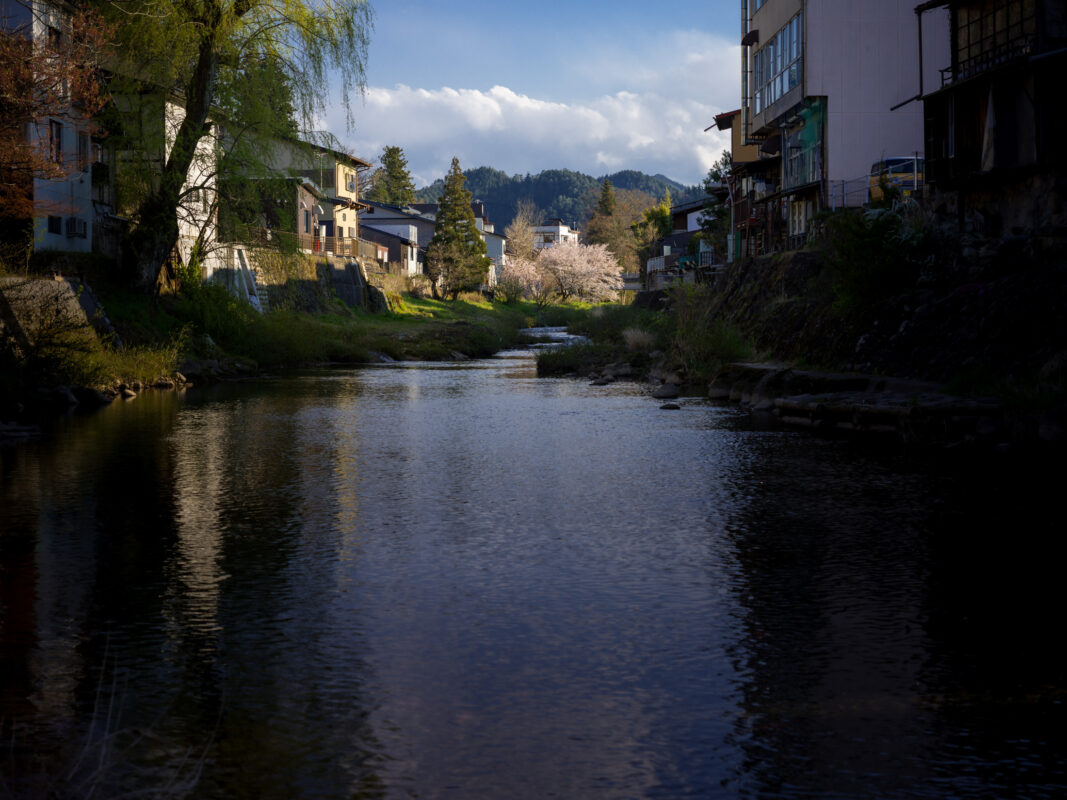
Jordy: Was adapting to local life a challenge for you?
Gwenn: That’s a recurring question for foreigners living in Japan, and it’s always hard to answer candidly. But for you I’ll do my best to share my personal experience. In my case, adaptation came fairly quickly as I was already familiar with the region before moving to Takayama. Unlike many foreign nationals in Japan, I’ve never lived in big cities like Tokyo or Kyoto. I’ve always preferred Hida region and nature over urban sprawl. Also, before working for Vivre le Japon in Takayama, I worked as a canyoning guide in Maze (a village in Gero district, 30 minutes from Takayama). Despite the social norms that govern Japanese daily life and apply broadly everywhere, there’s still significant differences between rural and urban lifestyles in Japan. To put it simply, integrating as a foreigner in the countryside isn’t necessarily easy. Being a foreigner in Takayama is noticeable. In Tokyo you blend in, so integrating demands more daily effort.
The old town: Takayama Sanmachi
Jordy: How did you manage it? Can you say you’ve become a local now?
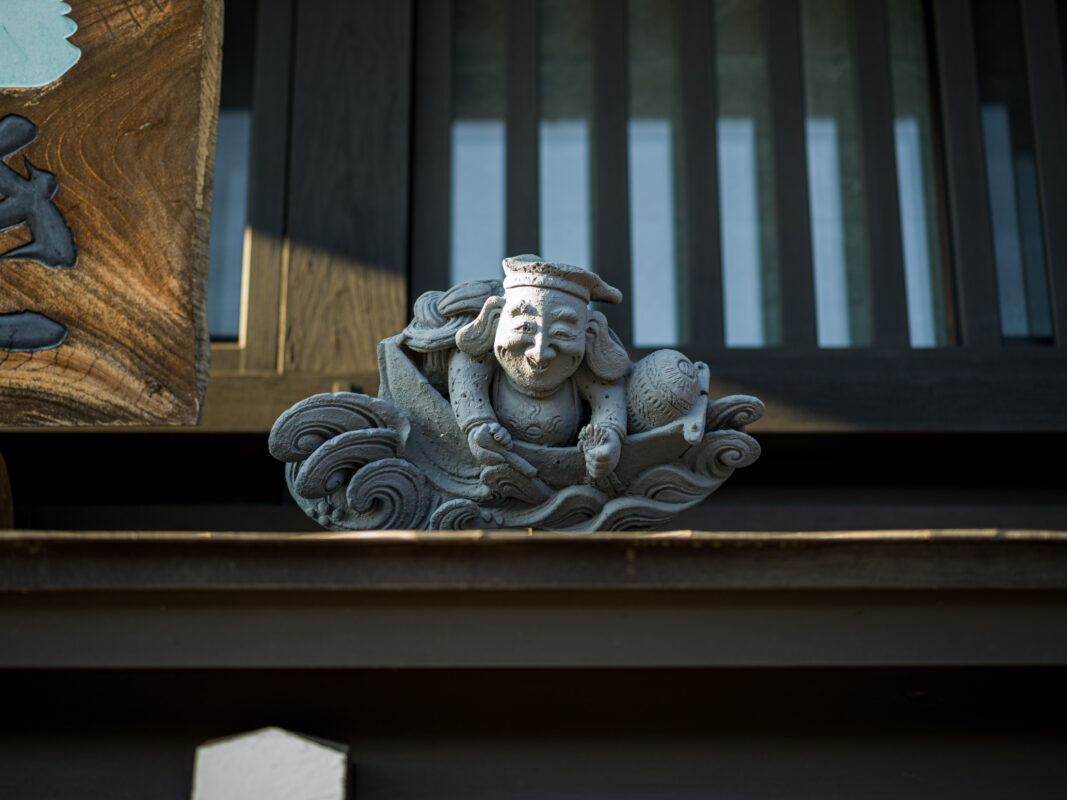
Gwenn: In my case, diverse past experiences made for a relatively quick assimilation. It involves learning the language, as well as understanding local customs and practices that are deeply embedded in daily life. I think what made integration easier for me was that I never imagined becoming Japanese. When you get how Japanese society works (especially in the countryside), you soon realize that you’ll always be an outsider. So I believe that if you keep this concept in mind (soto ni / uchi ni), it speeds up the integration process.
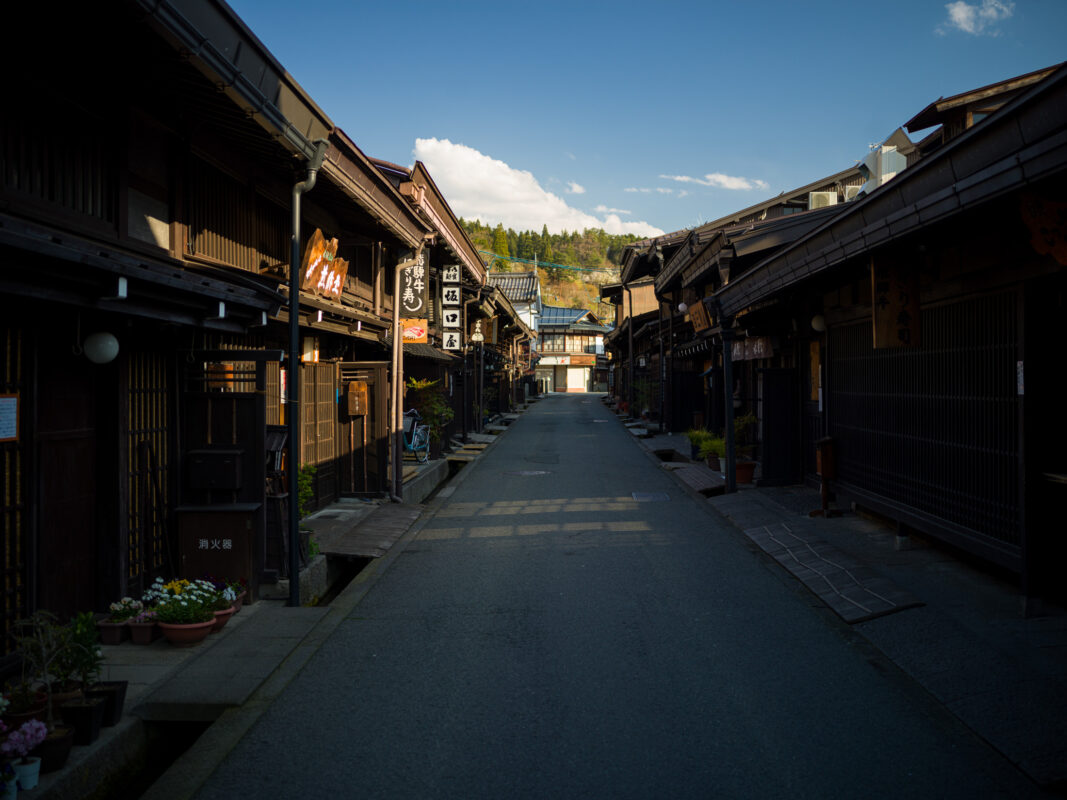
Jordy: It seems there’s an integration effort unique to Japan. What would you say to those who dream of moving here?
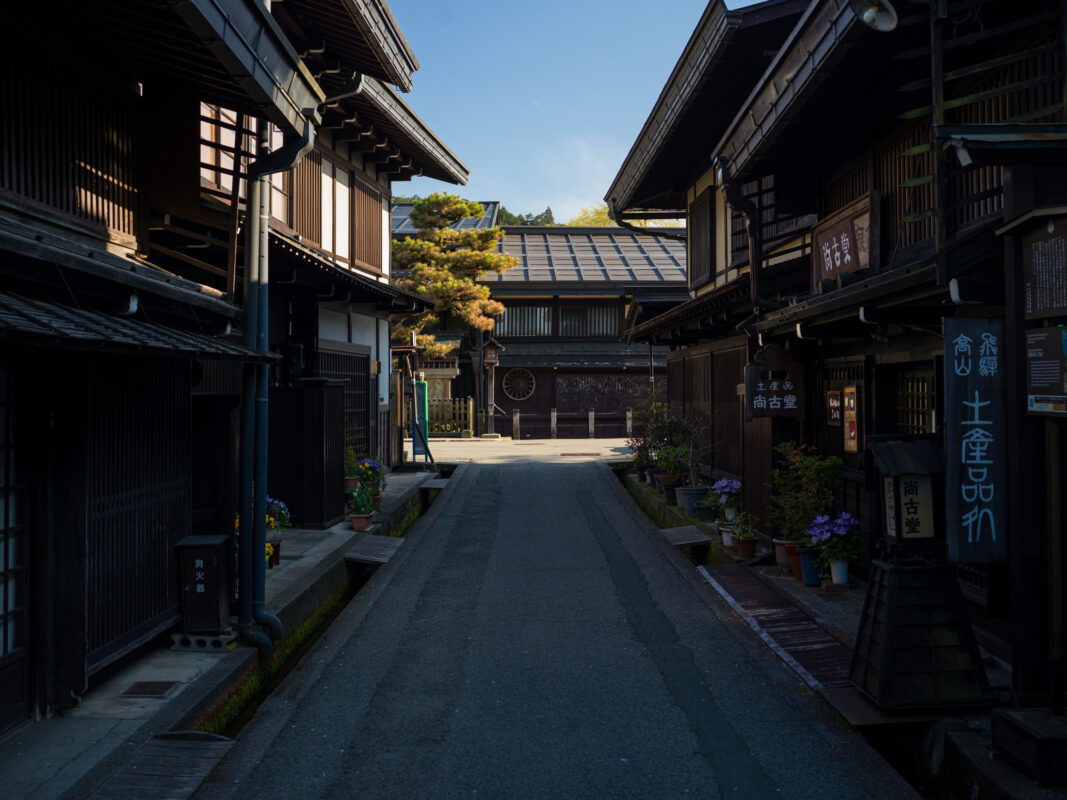
Gwenn: There’s real enthusiasm among young foreigners to live in Japan in recent years, and unfortunately, many of them have idealized notions. Japan is a wonderful country, and I’m very happy to live here, but you must never lose sight of the fact that, as in all countries worldwide, there are positives and negatives. Focusing solely on the good (or the bad) significantly hinders integration. Of course, individual personalities and life plans vary in Japan, but generally if you fixate on appearances and stereotypes you can fall from a great height and soon find yourself helpless in confronting this society, both fascinating and destructive as it is in many ways.
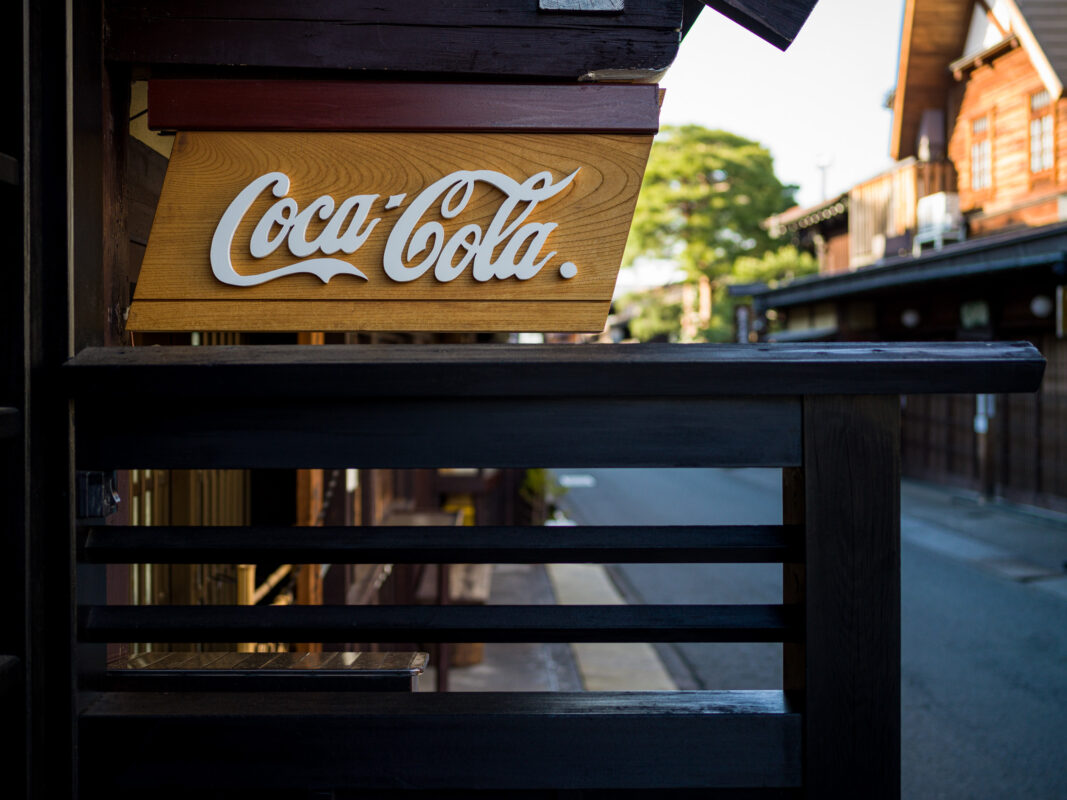
Jordy: What kind of things do the Japanese think about most, but discuss least?
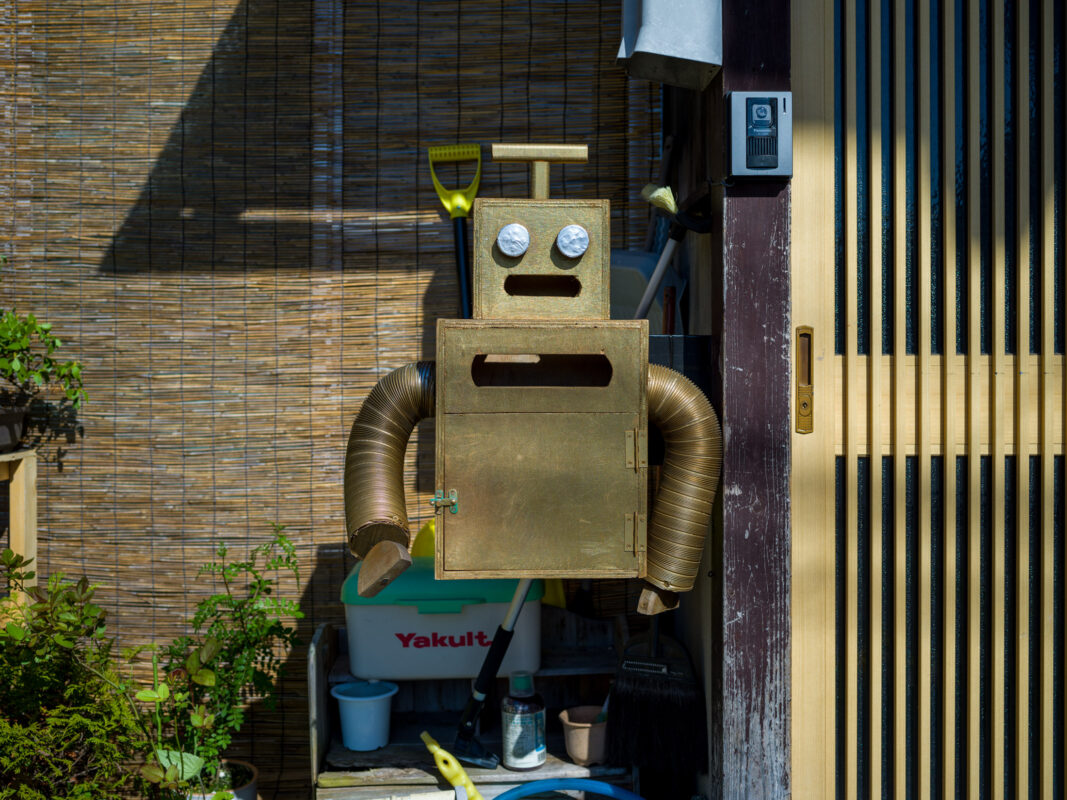
Gwenn: Their feelings – especially their discomfort with the psychological order. Then, in view of the cultural differences between our two societies, I always avoid that question. We have our way of doing things and they have theirs. That said, I know the Japanese think we’re being too direct, but out of respect and fear of offending, they won’t tell you.
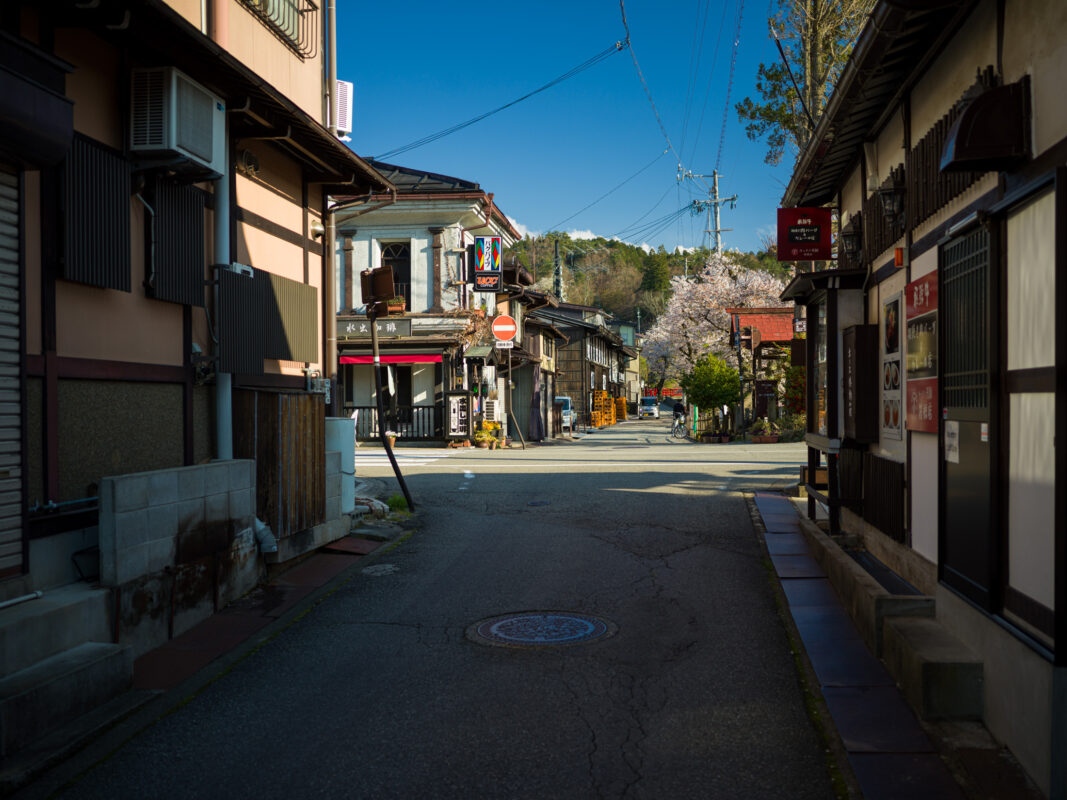
Jordy: Are there restaurants, bars, other places where you enjoy a walk?
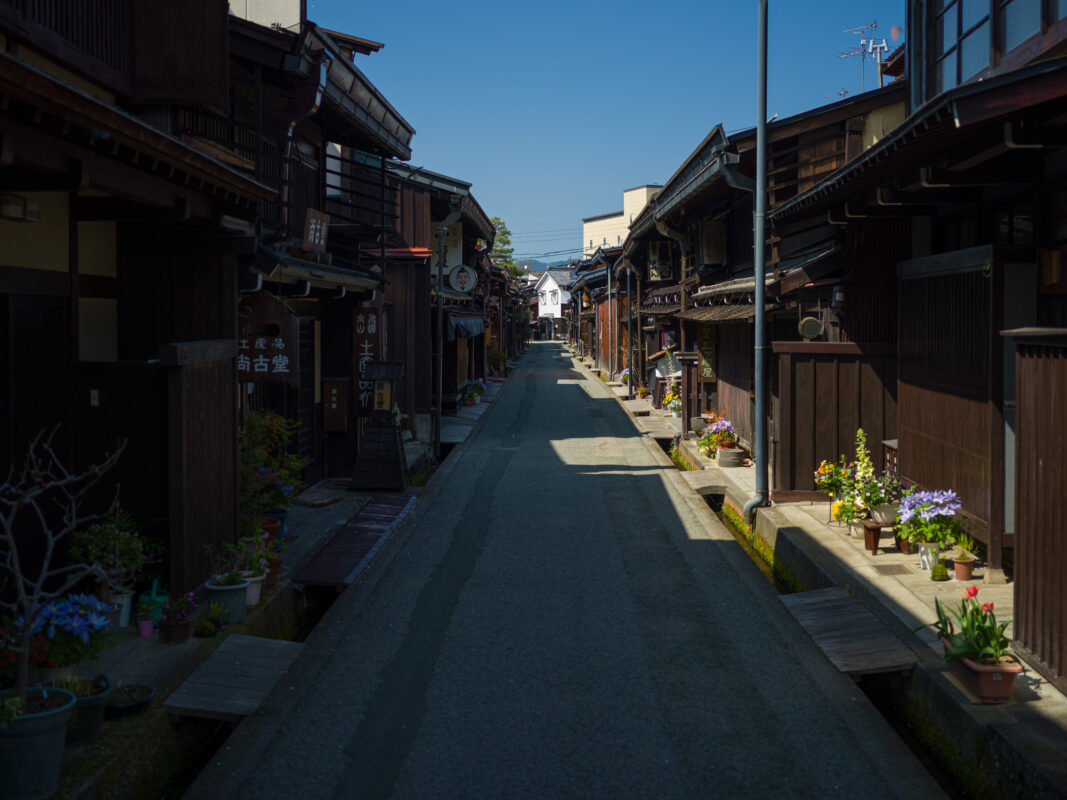
Gwenn: Yes, there’s plenty of nice places, “Dining Bull” for Hida beef, the Rhum / dancehall bar for cocktails, “Gibiers” restaurant in Dekonaru for eating skewered bear-meat while sampling a local beer, or the saké “Hadara” brewery with tastings of local Nihonshu for 300 yen.
Sooin Temple
Jordy: If you could teleport two or three things to Takayama, what would they be?
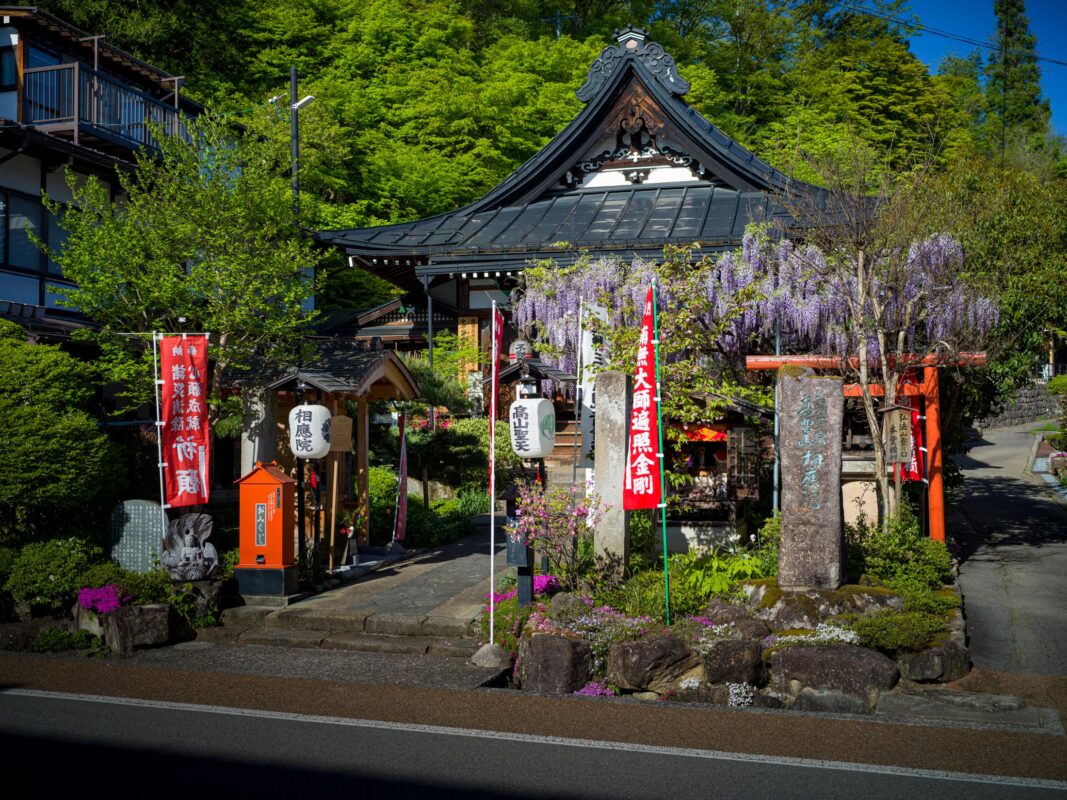
Gwenn: A cinema and a fine wine store.
Sugigatani Shinmei Shrine
Jordy: Are you going to stay in Takayama all your life?
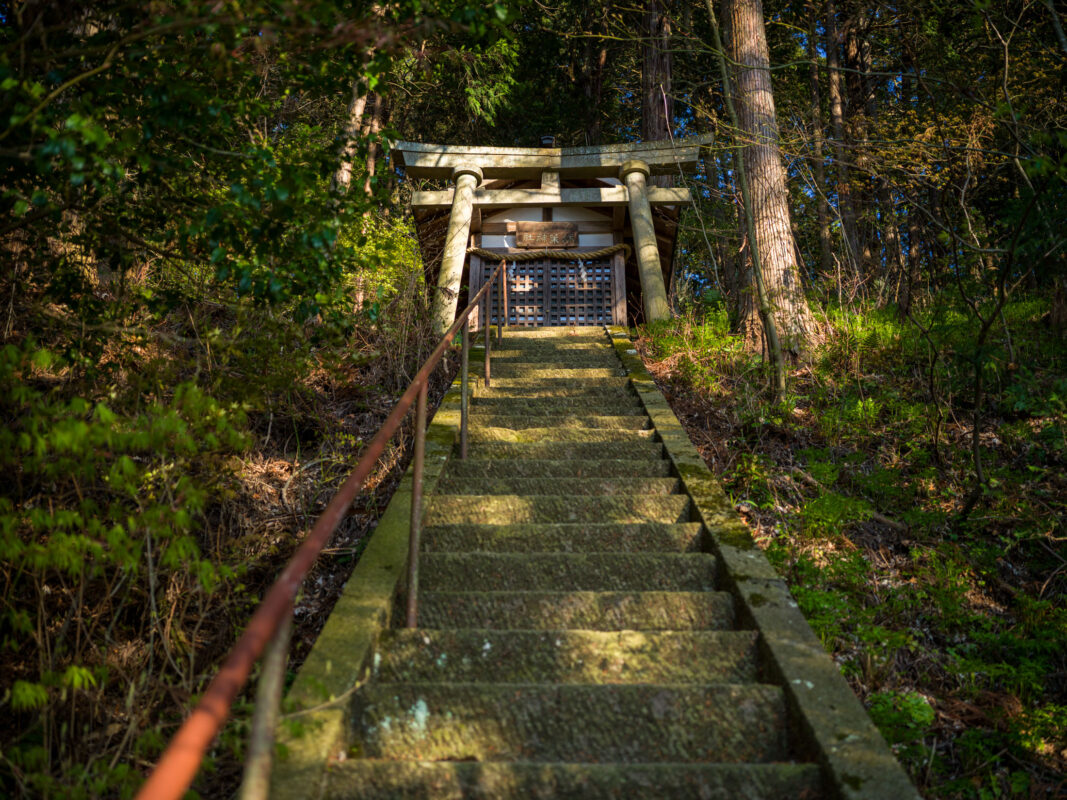
Gwenn: Ha! To be honest, I already have one foot outside of Takayama, I’ll take over the company I worked with before coming here and carry on canyoning / tree climbing. I’ll also develop new activities for foreign tourists wanting to experience the local culture. Now you’re going to tell me this isn’t very far from Takayama. But I’m talking about medium-term plans, then we’ll see what happens.
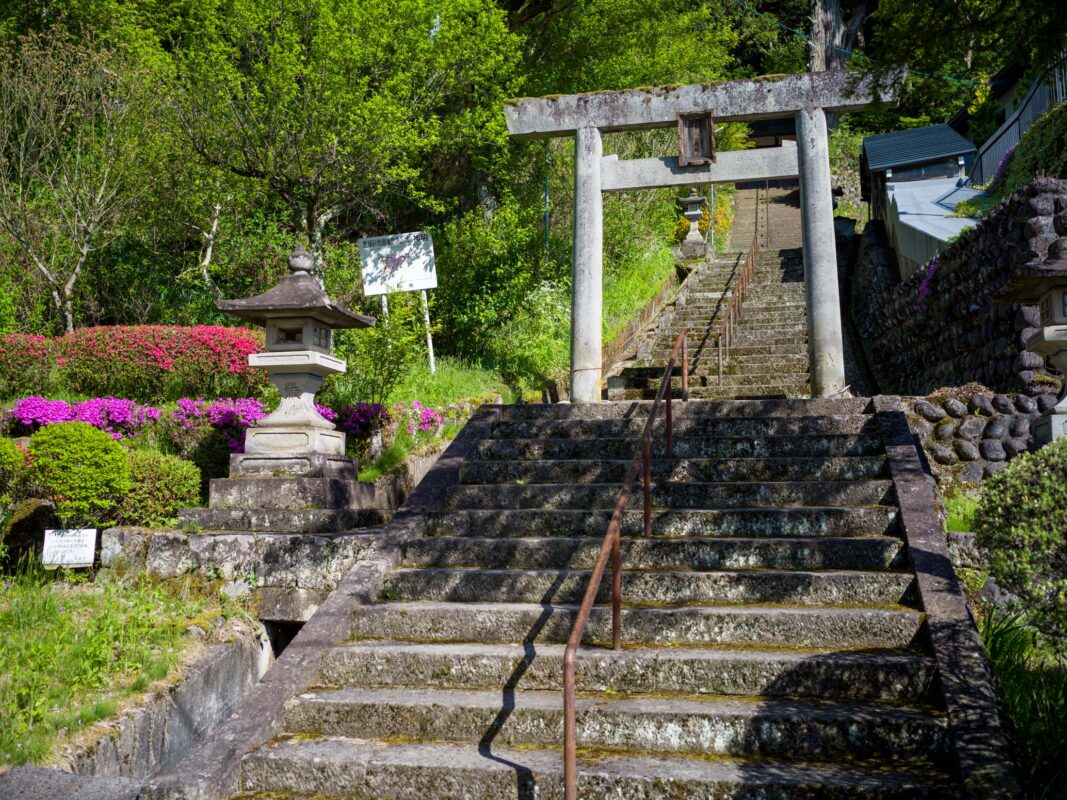
Jordy: What about a ‘love life’ in the Japanese outback?
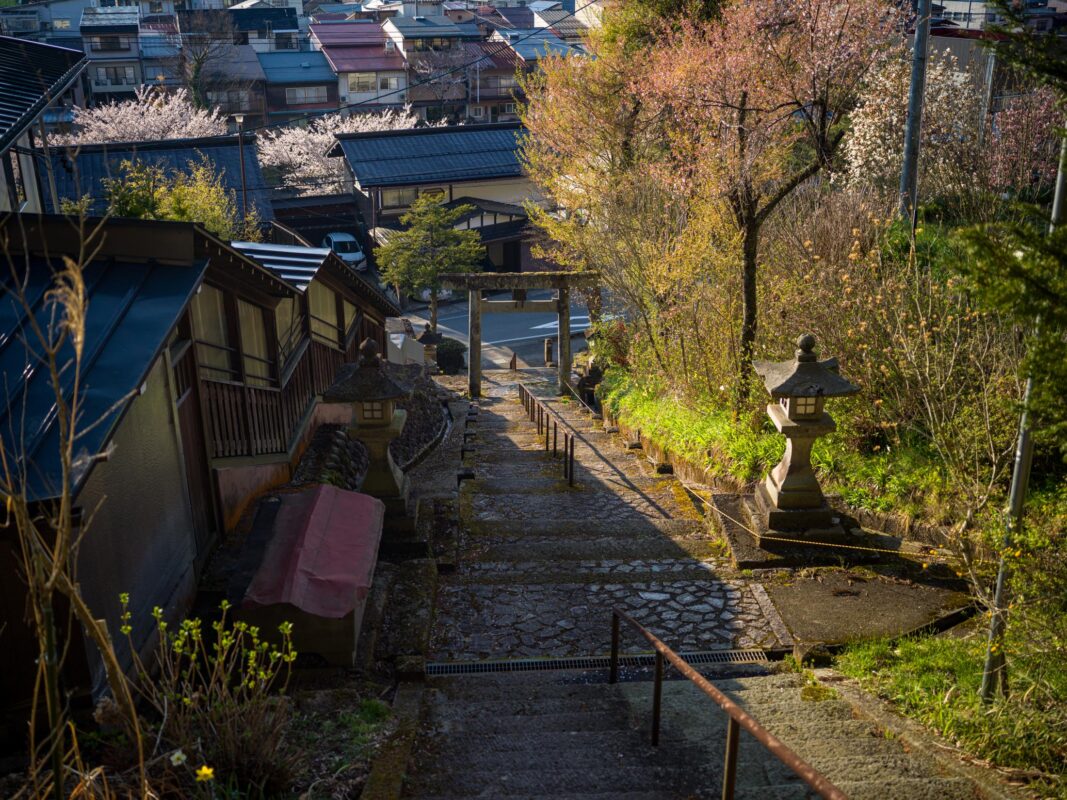
Gwenn: As for my love life, ever since I became single again I’ve sworn I wouldn’t fall for a gaijin hunter [ed: looking for an outsider / foriegner]. Personally, I’m not fixated on Japanese women like many foreigners in Japan are. I’m getting on with my life and we’ll see how things evolve. I’ve never forced fate or planned anything from a sentimental point of view so I’ll just keep doing that. Plus, I’ve seen too many mixed couples blow up in mid-flight, which is sobering. I’m not saying anything against a mixed relationship but, well, I’m careful because many Japanese women are looking for a foreign husband to escape the platonic life of Japanese couples. I’m not here for social reasons, so if I’m serious about getting involved with a Japanese girl it’ll have to be a different ballgame. A proper meeting! In the end the gaijin hunter usually pairs up with the Japanese hunter so things sort themselves out.
Hie Shrine
Jordy: How do locals feel about tourism? Is it just people putting on a brave face and working for the sake of the economy though they don’t really like each other?

Gwenn: It’s complicated. The tourist boom happened quickly (except for domestic tourism), so locals are still euphoric about it, but for the past three years the town has been grappling with mass tourism, and I’m starting to sense some exasperation. But until COVID-19 everything was going well, so they’re enduring it patiently. However, the construction of new hotels and parking lots is really getting to plenty of folk, including me.
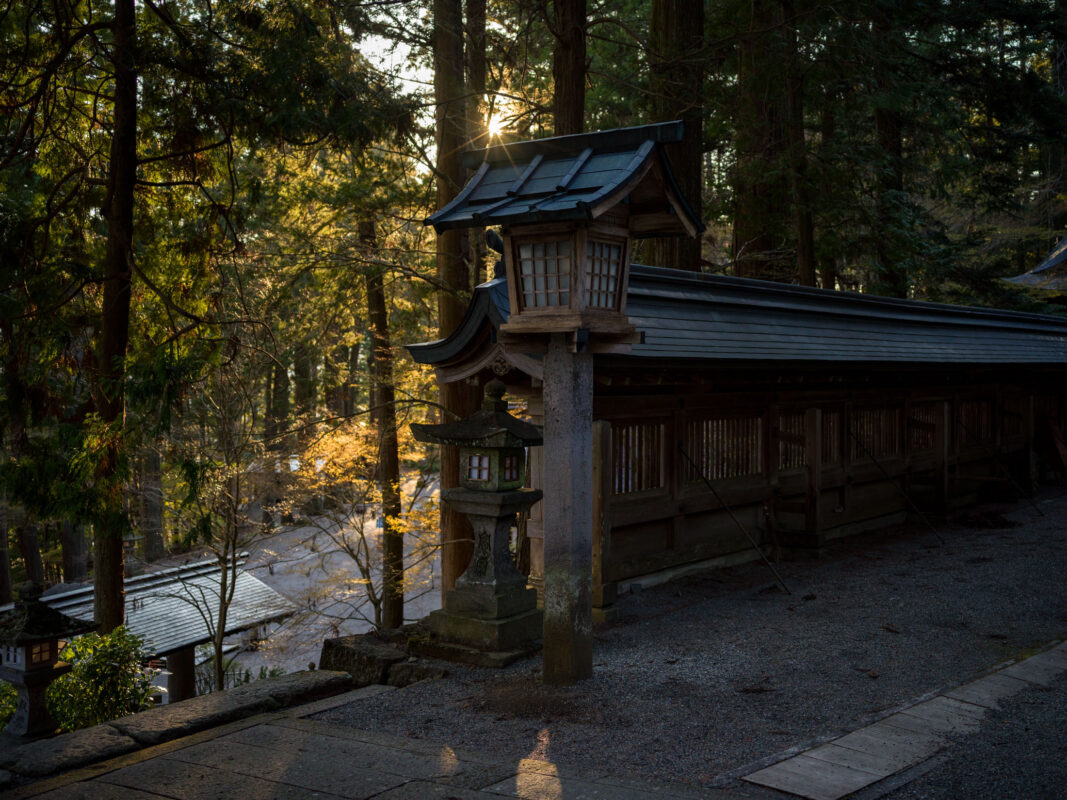
Jordy: It seems like everyone’s talking about Takayama on social media. The town clearly sponsors a lot of online influencers. How does that work in practice?
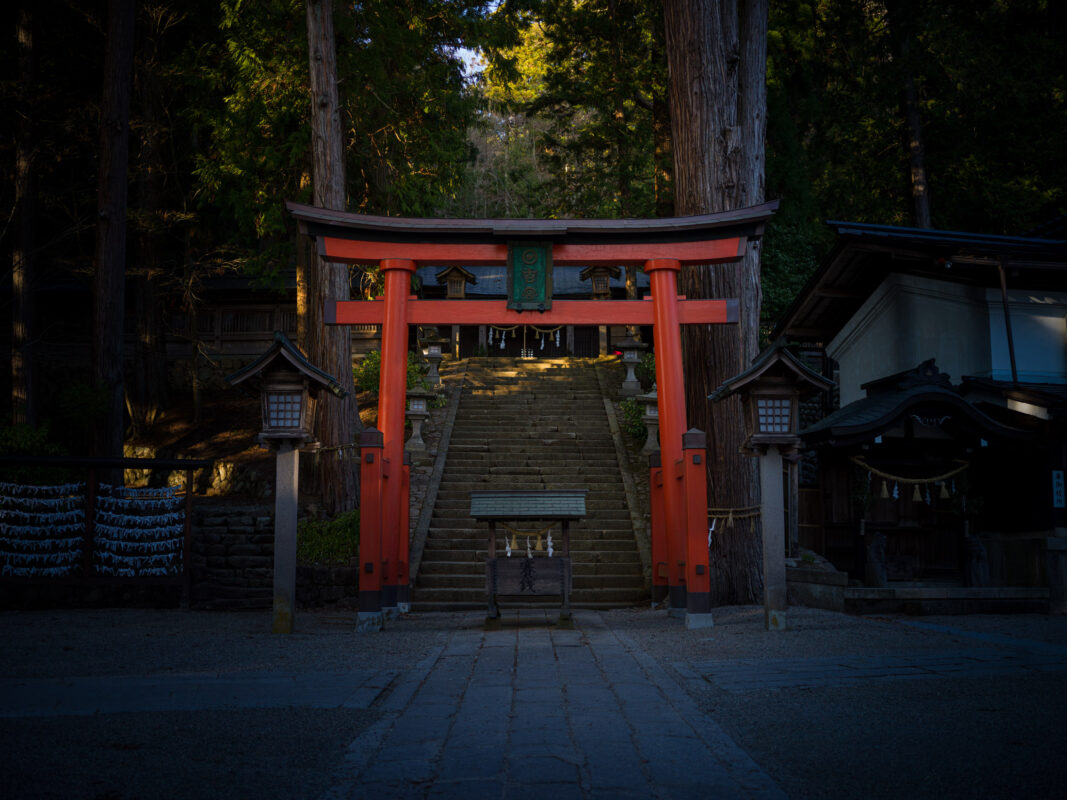
Gwenn: Aside from the effects of COVID-19, yes, Takayama has become a stopover for many travellers, and its reputation is solid. At both prefectural and local levels, significant efforts have been made to develop tourism and promote the town image domestically and internationally. In a way that’s a good thing if done properly, but unfortunately I feel that it’s not heading in the right direction. Regarding influencers, I understand that they respond to this demand, and many of them do quality work. However, considering the resources available and the actual results, things aren’t great. Creating content is fine, but knowing how to use it effectively is more complex.
Ruins of Matsukura Castle
Jordy: How does the town set about developing tourism?

Gwenn: Japan’s tourism policy generally focuses on amplifying what’s already working rather than innovating, which can be frustrating at times. Takayama epitomizes this policy. For instance, the local authority focuses most of its tourism campaign on the town being a haven of peace, a traditional site away from the hustle and bustle of major Japanese cities. It emphasizes its Edo-period architecture. Simultaneously, the town hall has entered into lucrative contracts with real estate companies. The result is that, in just two years, over a dozen modern-architecture hotels have sprung up around the old town. Perhaps the pandemic’s effects will make them rethink, but I’m not very optimistic about that. Luckily a few of us are trying to promote the town and its surroundings in a different way. It’s not much, but we’re doing our best to cater for people who want to explore this fantastic place and its culture. The potential is there, but it’s not harnessed in the best ways.
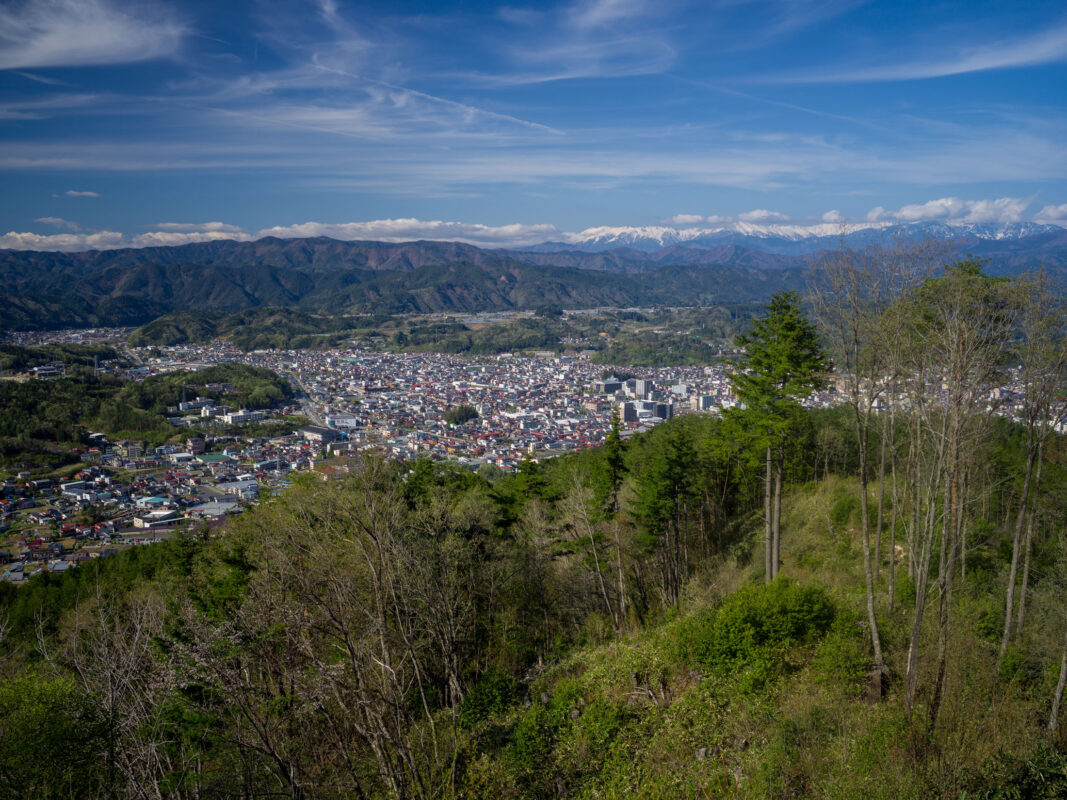
Jordy: Are there any overlooked spots in and around Takayama?
Enakogawa River
Gwenn: The list is long. Everyone focuses on the traditional southern part of the town (Furui Machi Nami), but the northern part around Sakurayama Shrine offers another glimpse of Takayama’s beauty. Walking up Sakura-machi street to the line of Buddhist temples at Higashigawa and strolling leisurely to Shiroyama Park during Hanami season is excellent, yet it remains relatively unexplored. The ruins of Matsukura feudal castle on the heights of Hida no Sato village also have their charm. Understand that Takayama is divided into two (separated by the Miyagawa River): a traditional part with 80% of the tourist attractions, and a more modern part with fewer points of interest. The traditional quarter is quite small and gets congested quickly. Takayama is great, but you need to step off the beaten path and not hesitate to hire a vehicle and explore the surroundings (Gujo, Hida Osaka, Ontake, Maze, Okuhida). There’s so much to do; it would be a shame to focus only on the town centre.
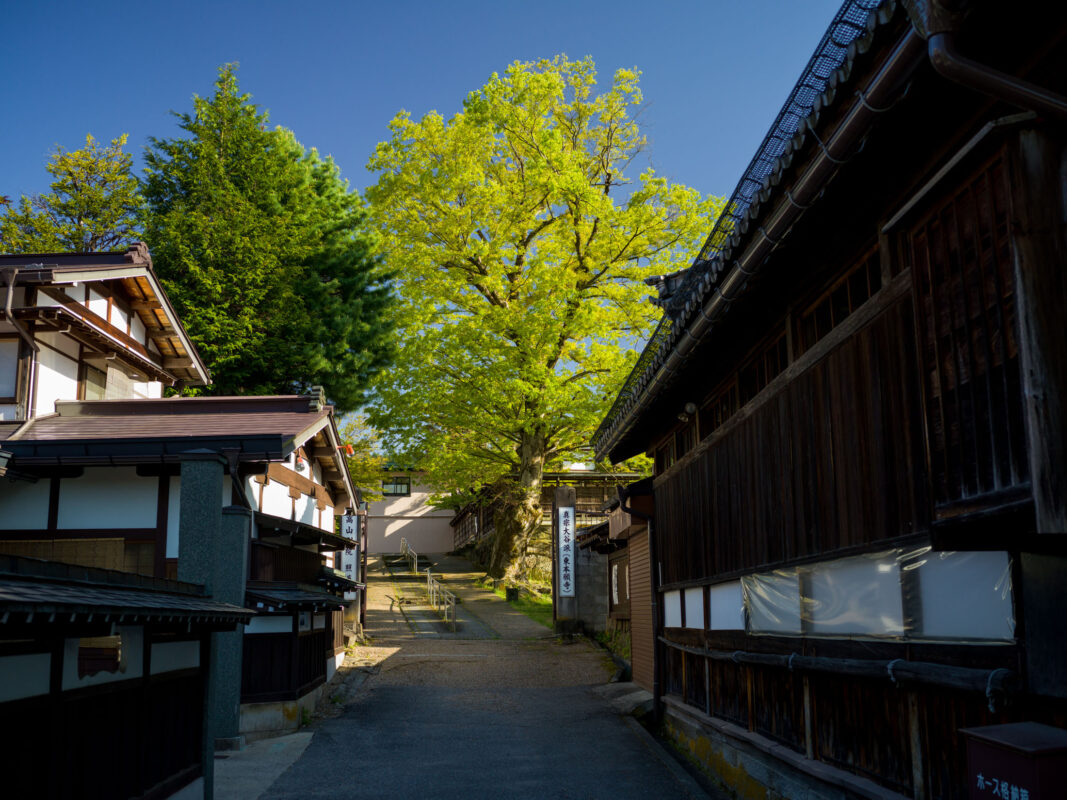
Jordy: What would the ideal Takayama tourism scenario look like?
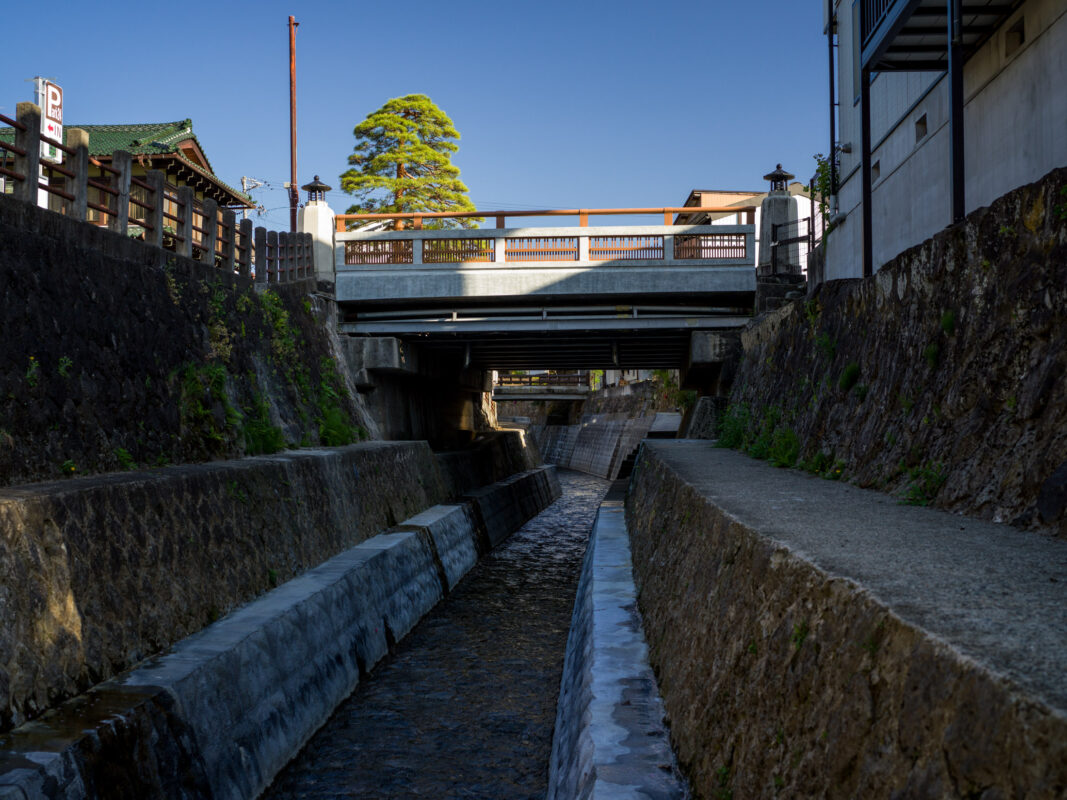
Gwenn: More responsible tourism and slightly stricter heritage control would let Takayama remain an enjoyable place to visit. But it’s tough to control a town’s reputation. As for me, I criticize the lack of commitment from locals regarding the mushrooming hotels that are destroying heritage. It’s up to them to put pressure on local institutions. If we want to save tourism in Takayama, we need to take a long-term view and stop investing blindly. We’ve already reached the limit in terms of tourist accommodation. People come here to discover a country town, not an imitation Kyoto (the name “Takayama” fits well in this respect).
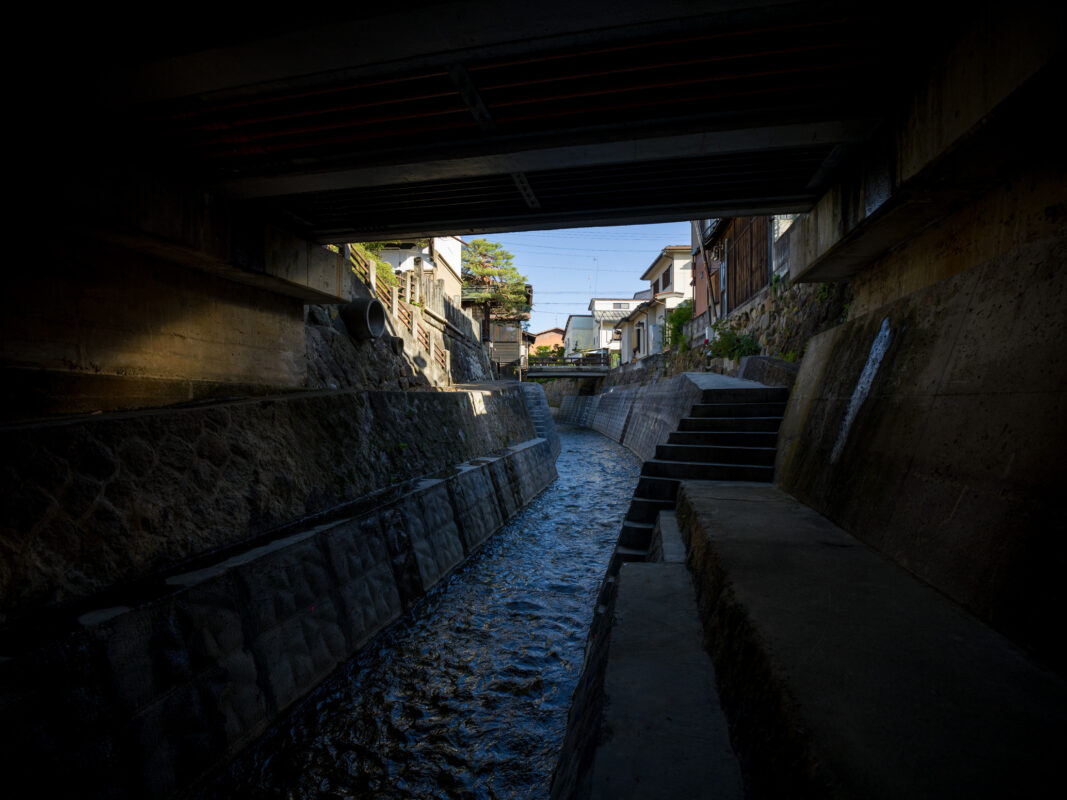
Jordy: How did Takayama respond to COVID-19?
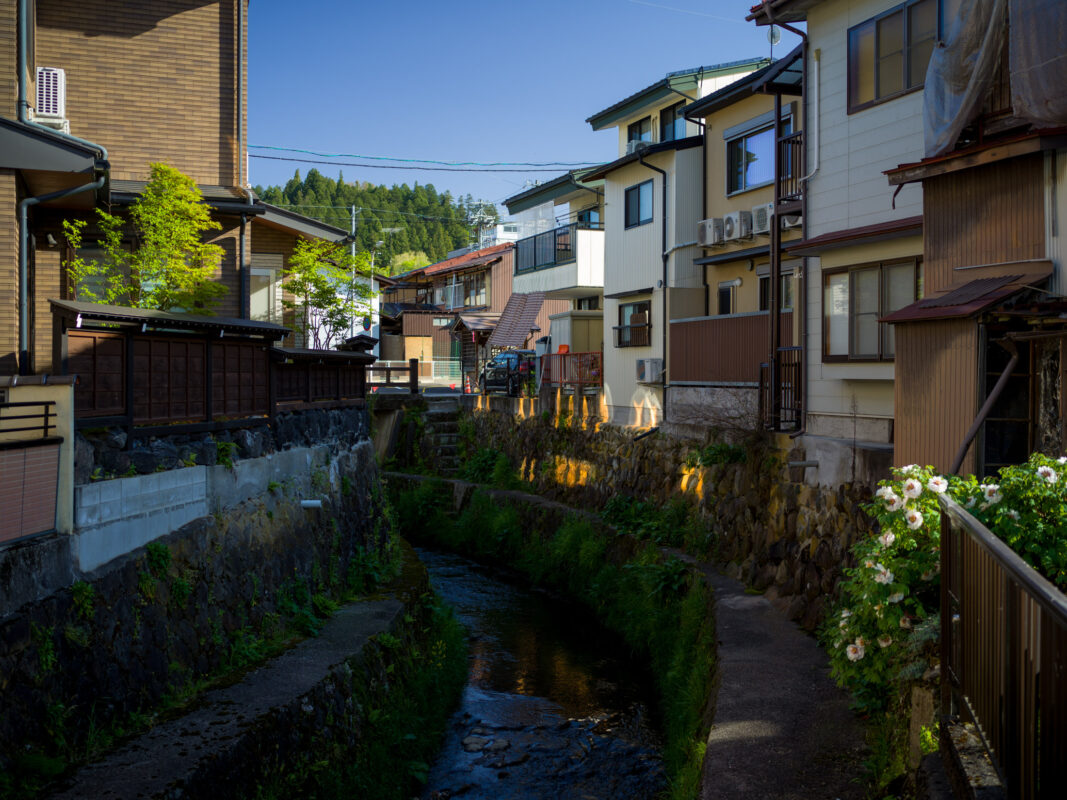
Gwenn: Everything came to a standstill. Some local campaigns have managed to restart domestic tourism, but as cases increase everything has been shut down.
Shiraito Falls
Jordy: Will the economic impact on Takayama be devastating, or is the town just on hold?
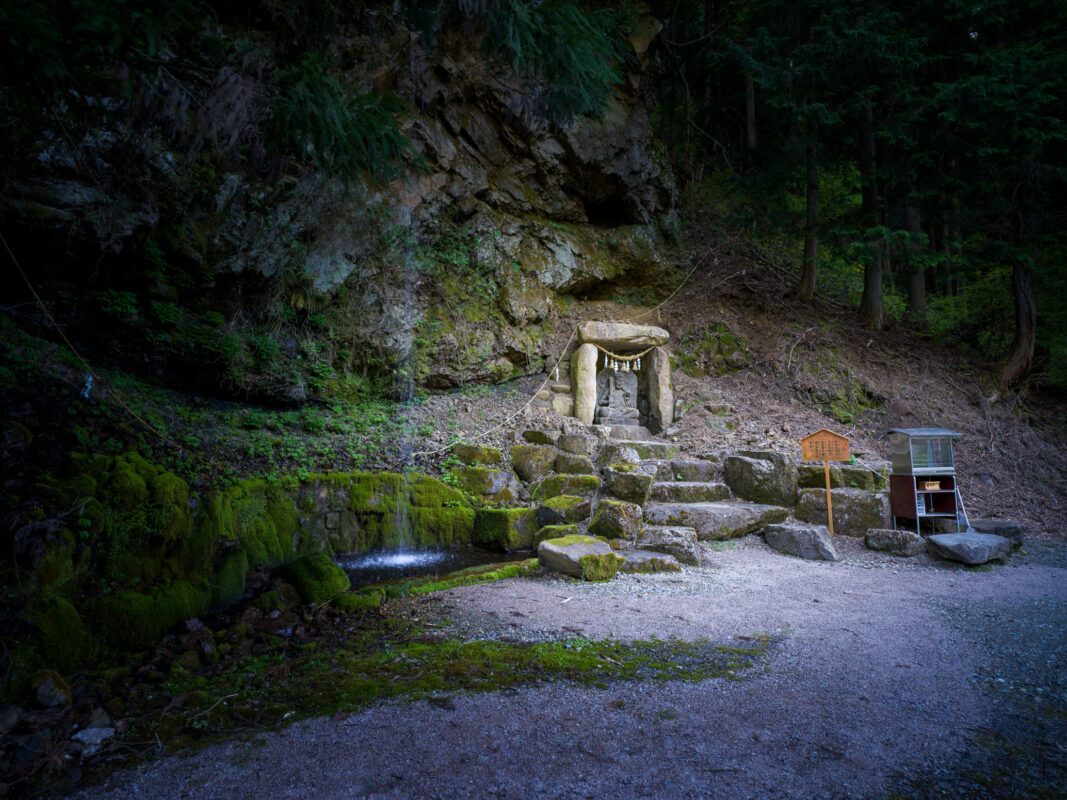
Gwenn: Clearly it’s affecting the local economy, especially small businesses. However, the government provides significant financial support that helps the town survive. The economy relies mainly on tourism.
Sakurayama Hachimangu Shrine
Jordy: From a more sociological standpoint, how are locals reacting to this virus, and how is their view of tourism evolving?
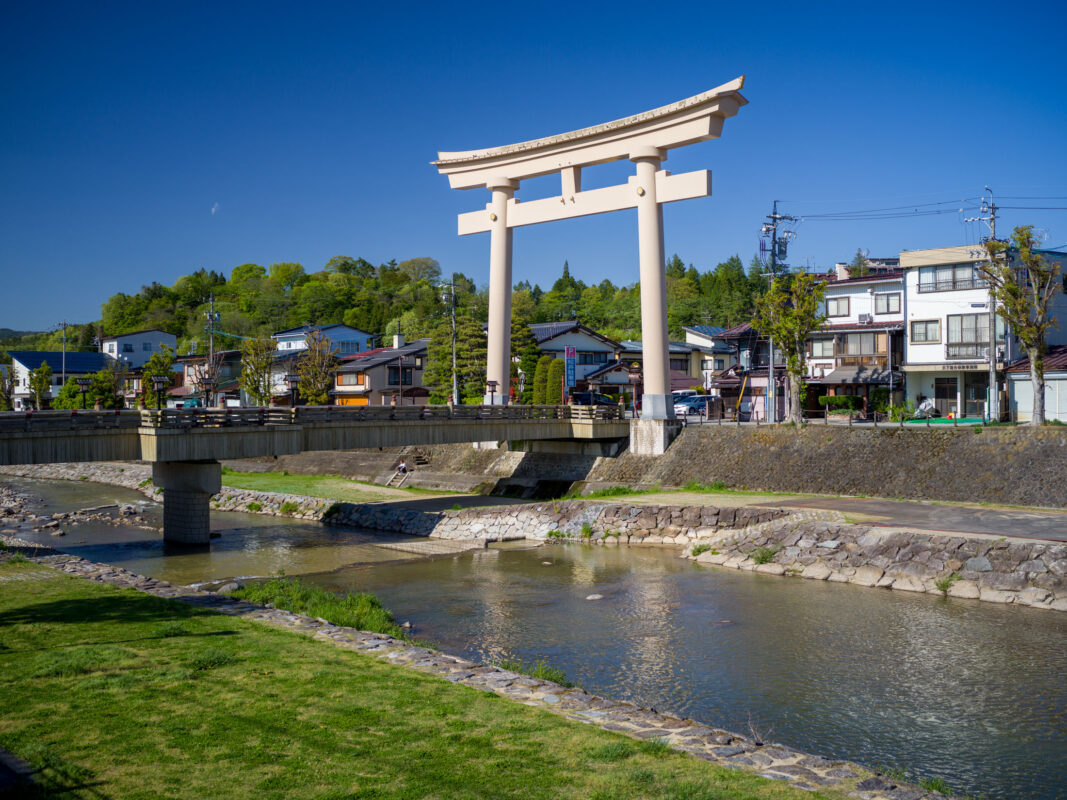
Gwenn: This is what frustrates me. Nothing’s changing. I work with the town hall in constant communication with locals, and I thought this situation would open their eyes to the challenges the tourism sector will face. But apparently that’s not the case. When you place all your bets on one sector, you should expect to lose everything, and I’m not sure they’ve fully grasped that. The town hall is still signing more contracts with hotels, expanding the hotel industry, and investing most of the subsidies in increasingly questionable projects – all with most people’s approval. This is Japan; don’t delve too deep or you might go mad. There’s definitely a lack of perspective on the current situation; locals follow decisions made by institutions because, for now, they’re receiving subsidies. But all that can end quickly. I’m so attached to this place, and such a perspective deeply affects me. Let’s hope I’m wrong. Still, glimmers of hope; some youngsters understand that they need to use this situation to reinvent themselves, and they’ll always have my support.
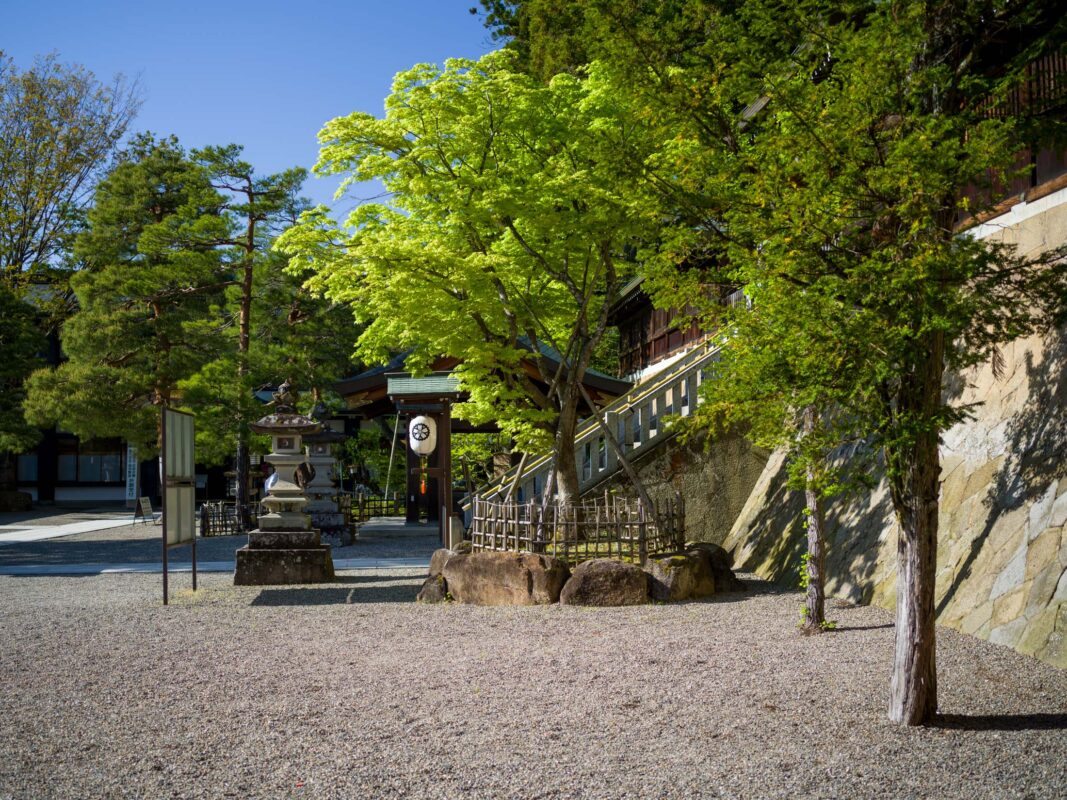
Jordy: What are the must-see places in Hida region?
Higashiyama Walking Course
Gwenn: Maze, Mount Ontake, Gujo, Okuhida.
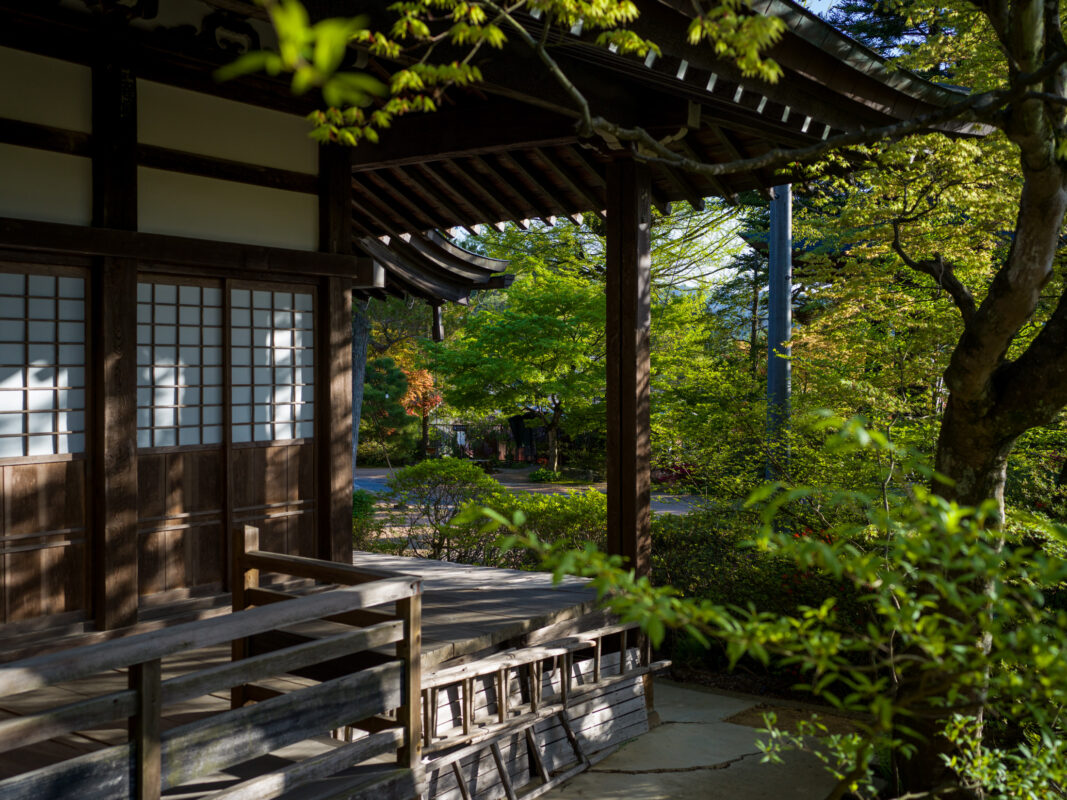
Jordy: Any favourites in the rest of the country?
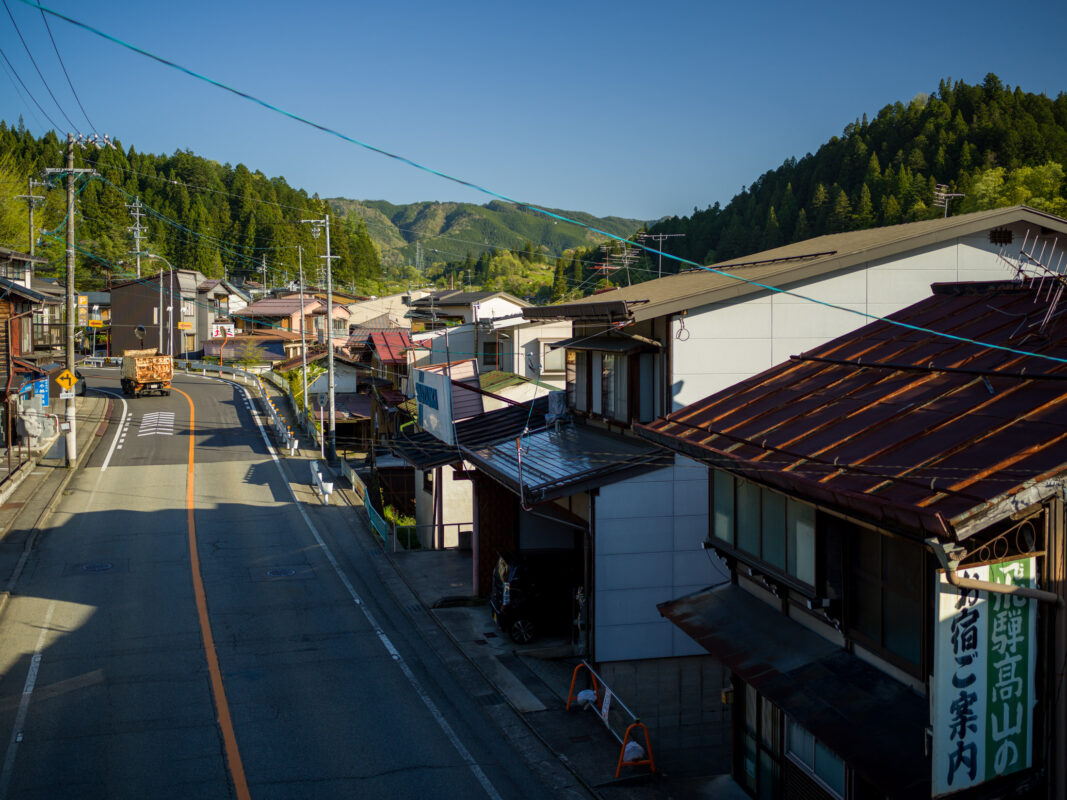
Gwenn: Zamami Island (Okinawa), paradoxically, I love Tokyo and would like to live there for at least a year of my life (Ogikubo), the Kiso Valley, Noto Peninsula, Osaka, Matsuyama (Shikoku), Seto Inland Sea (especially the Naruto Whirlpools), Awaji Island, Amanoashidate, Ise.
Jordy notes: I loved Higashiyama, so here’s a pile of photos full of light and colour! Click to view them full size!
Shioyamachi
I also loved visiting Shioyamachi, a small town in the northern suburbs of Takayama. Yes, saying it that way might sound off-putting, but it’s quite cool (I’m fishing, I know, haha!).
“Little Shinjuku”
And at night, even though in my experience the things you can do during COVID-19 aren’t the wildest, they’re still agreable. A few lights, a couple of neon signs, and an interesting bar with 1980’s rock music. I’ll let you discover all this for yourselves.
And how about you? Any secret spots in Takayama and surroundings?
And for more awesome content about Japan, follow Jordy Meow on Instagram ! 🎵

